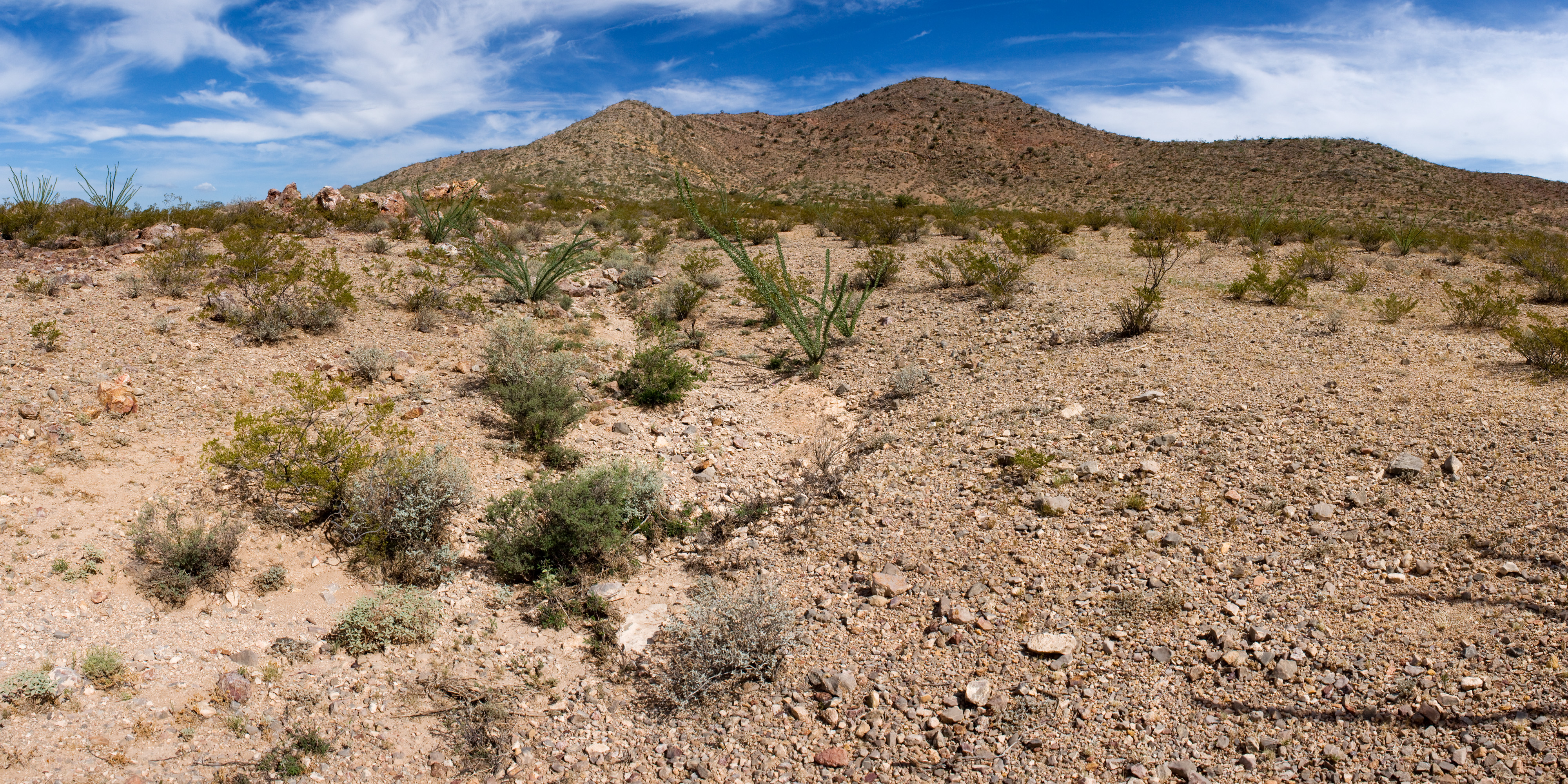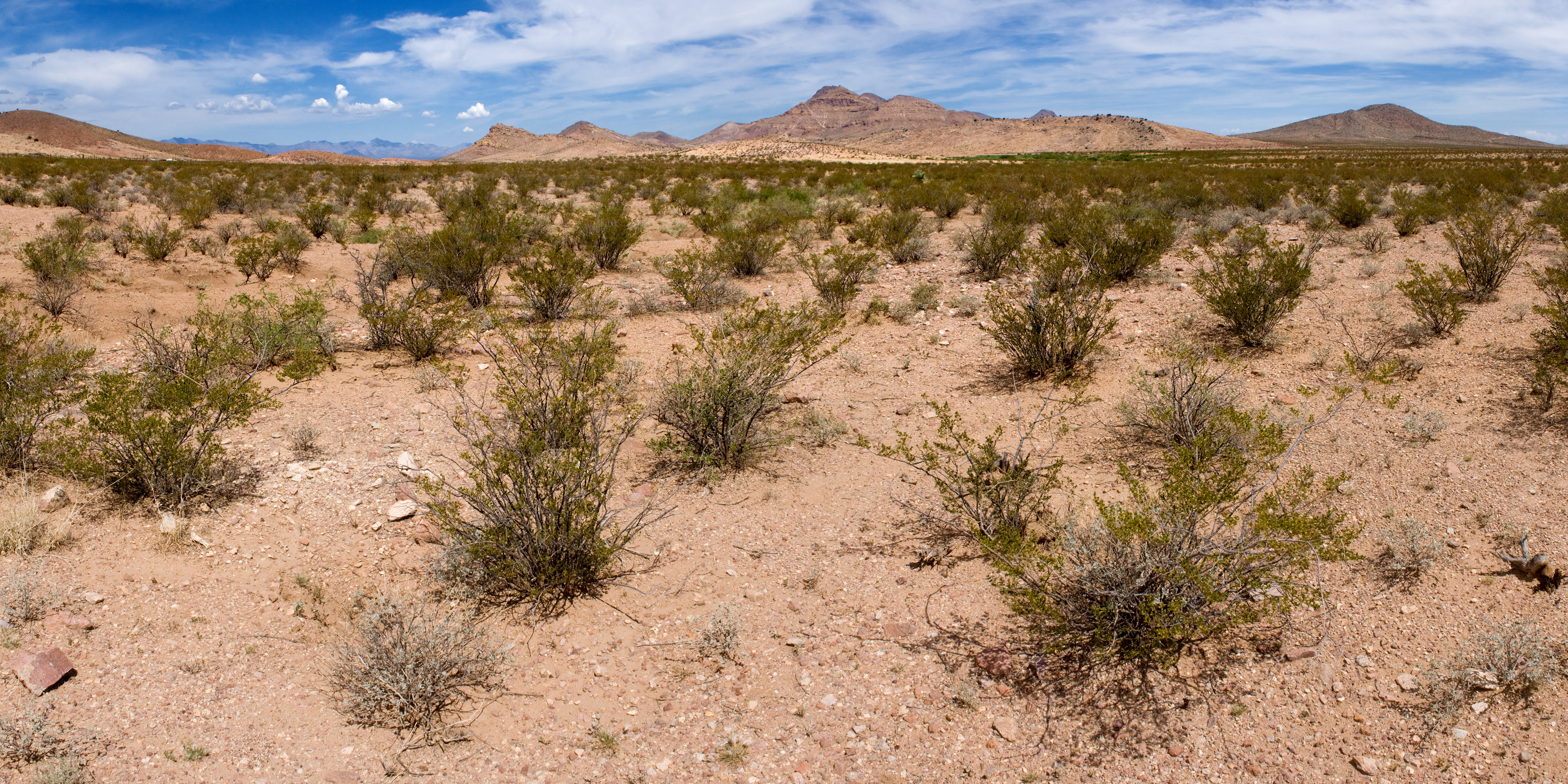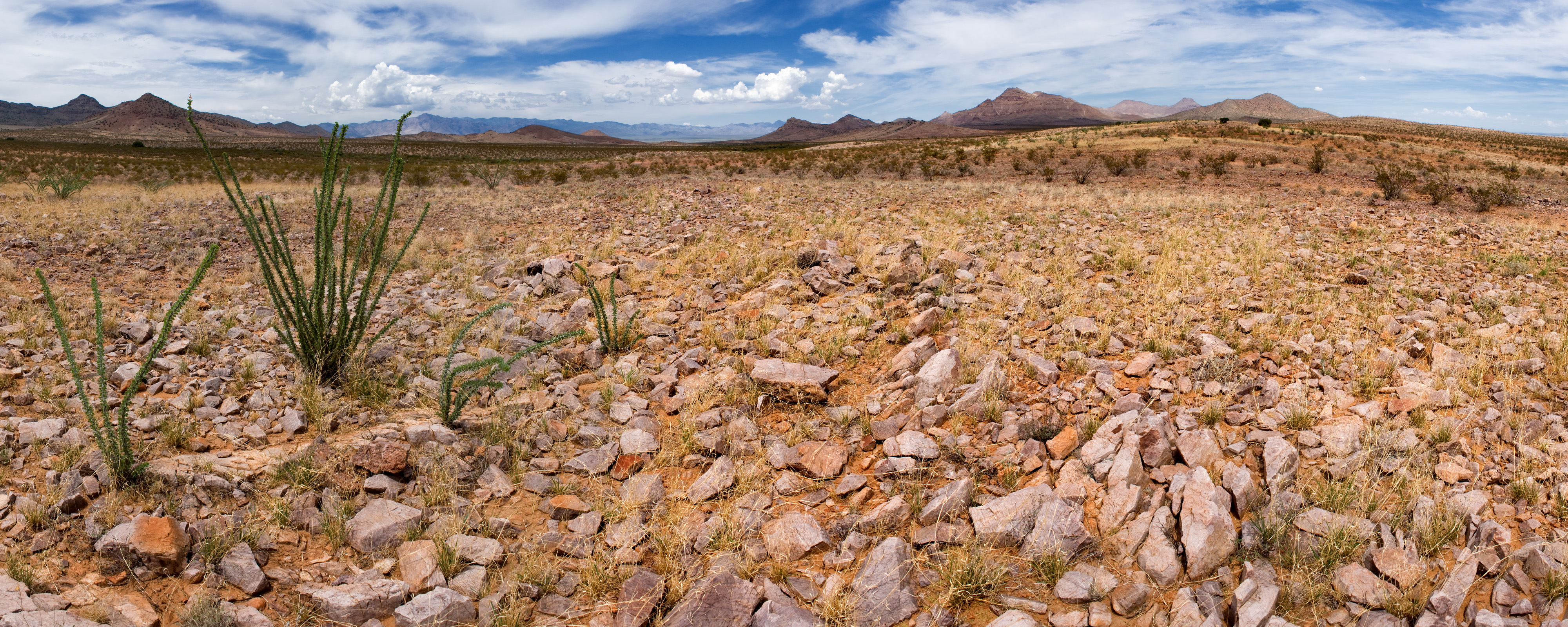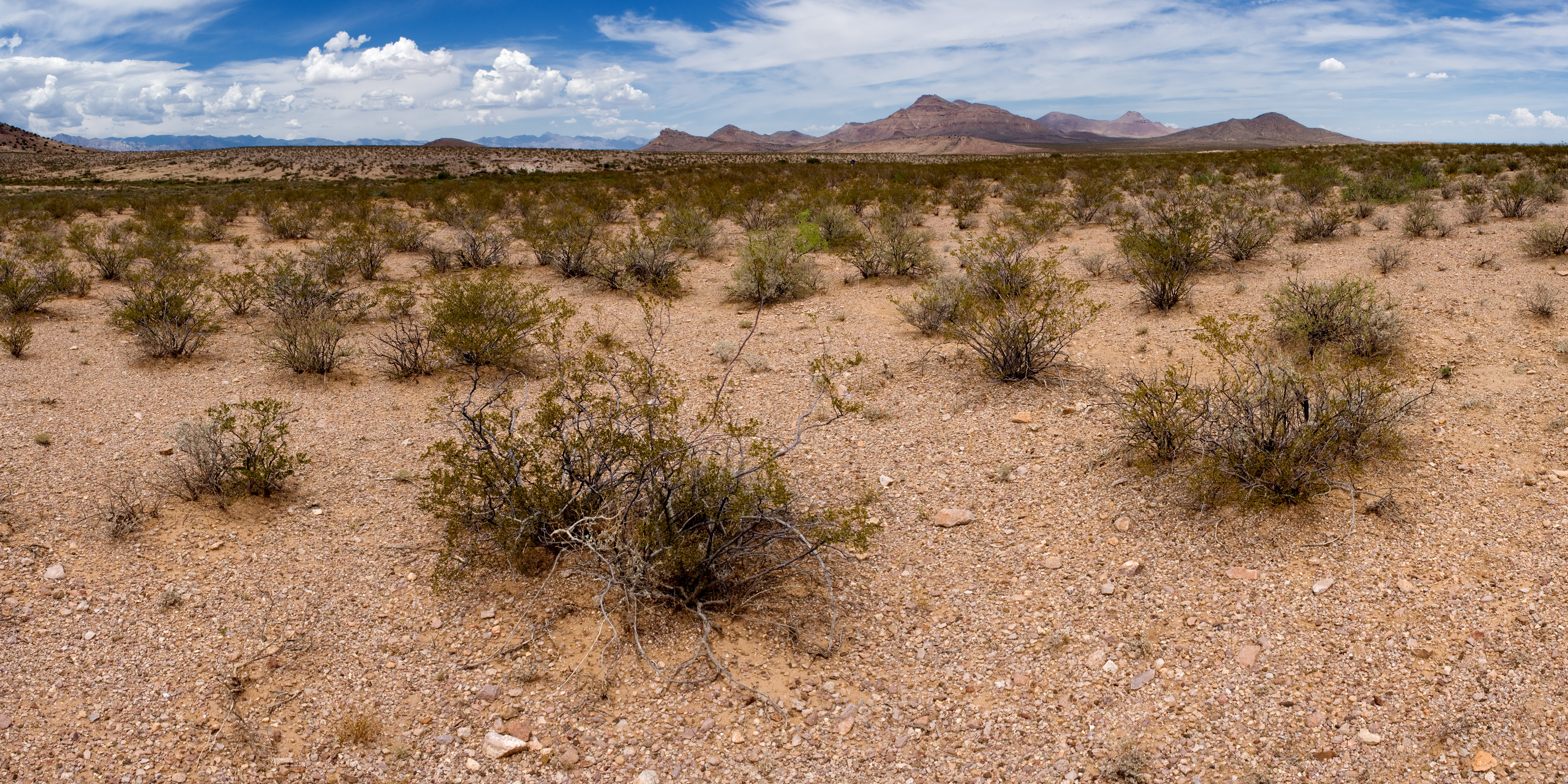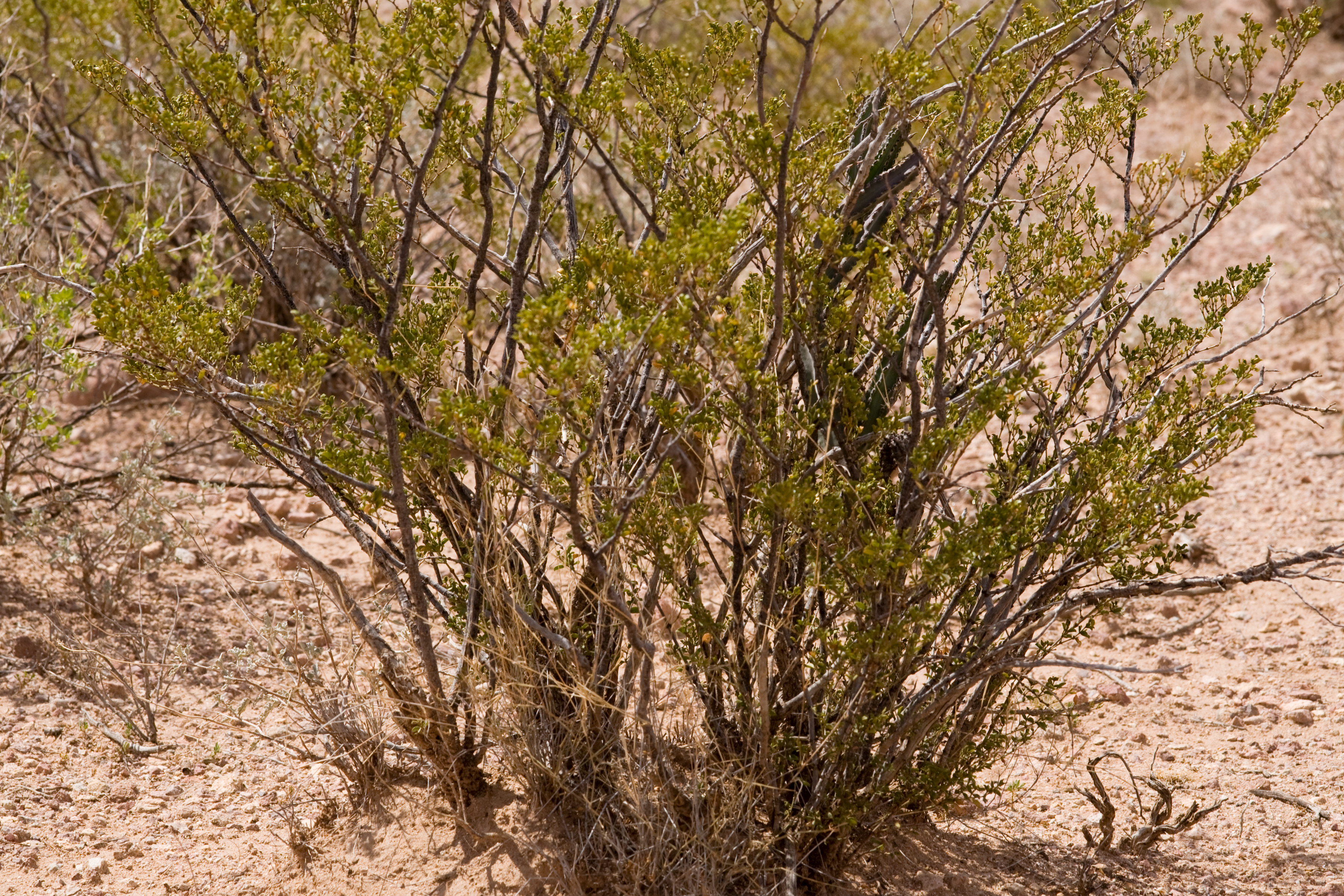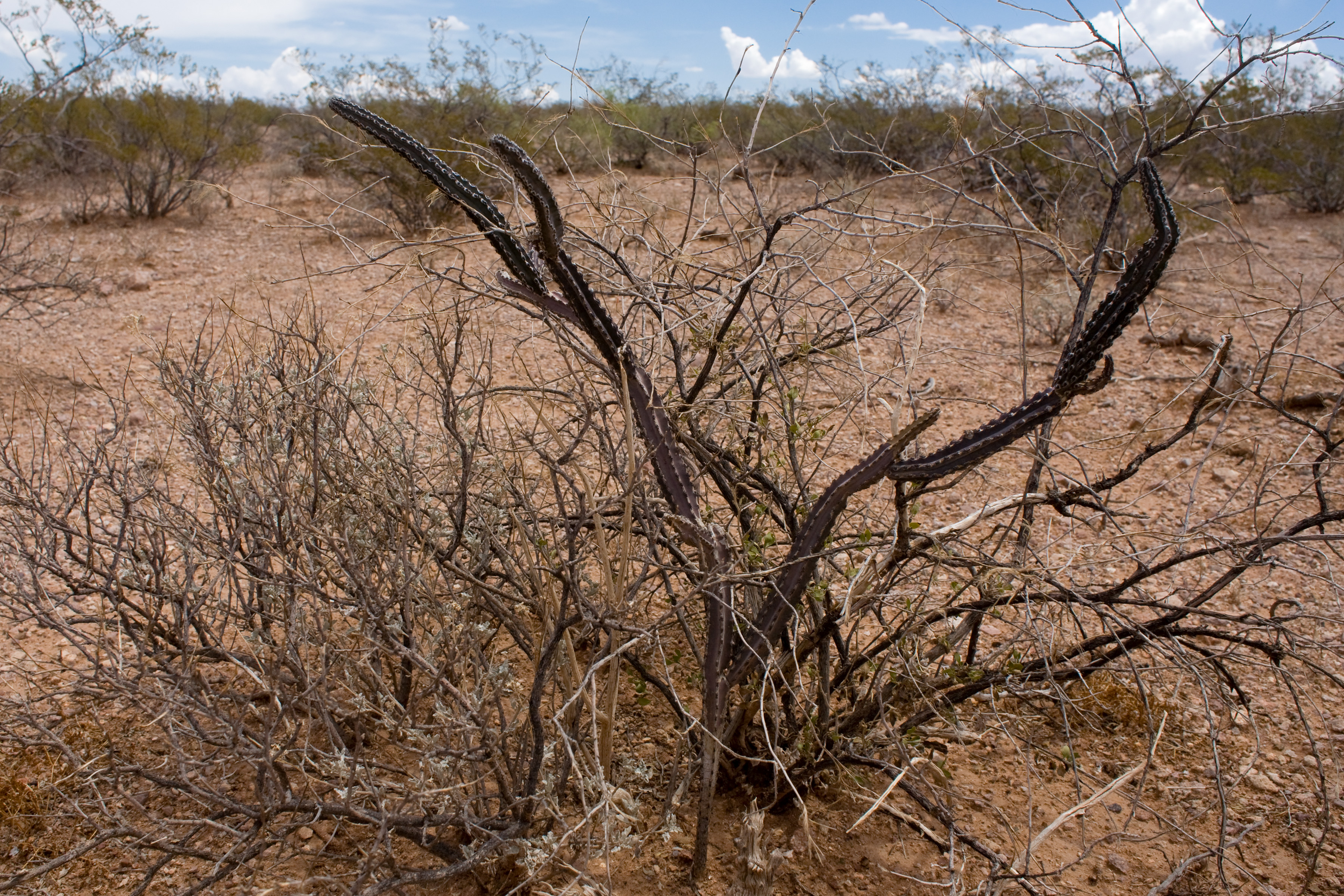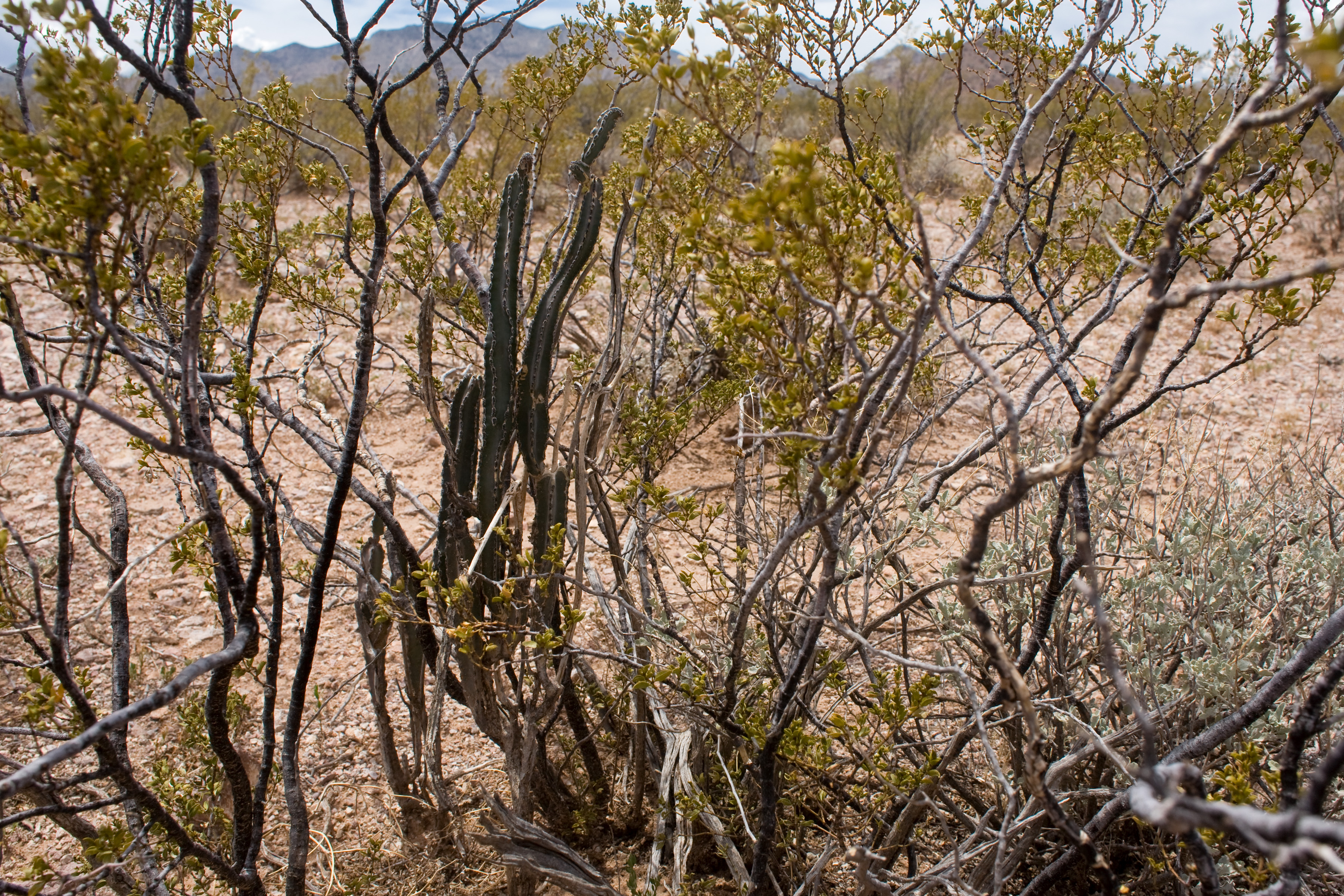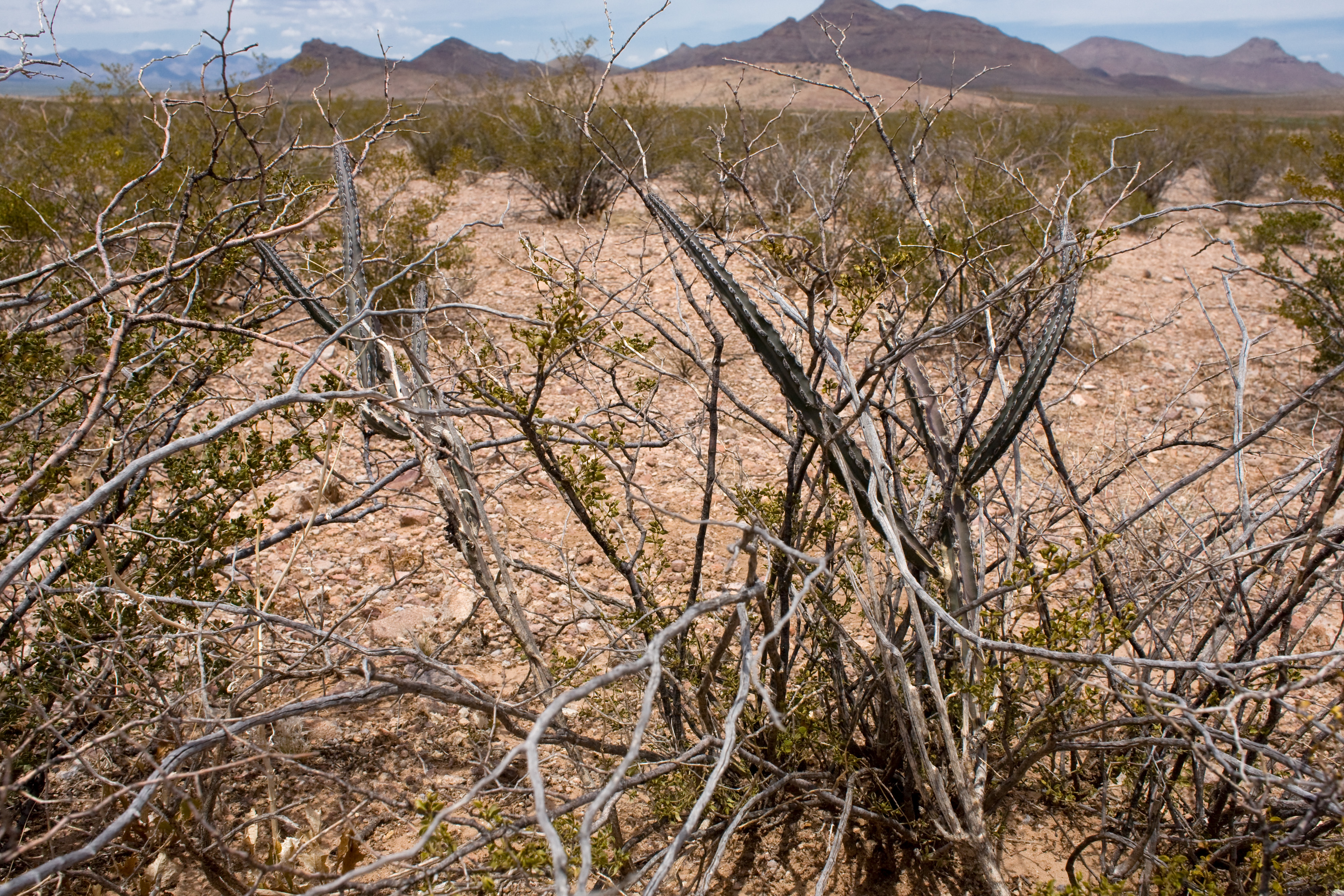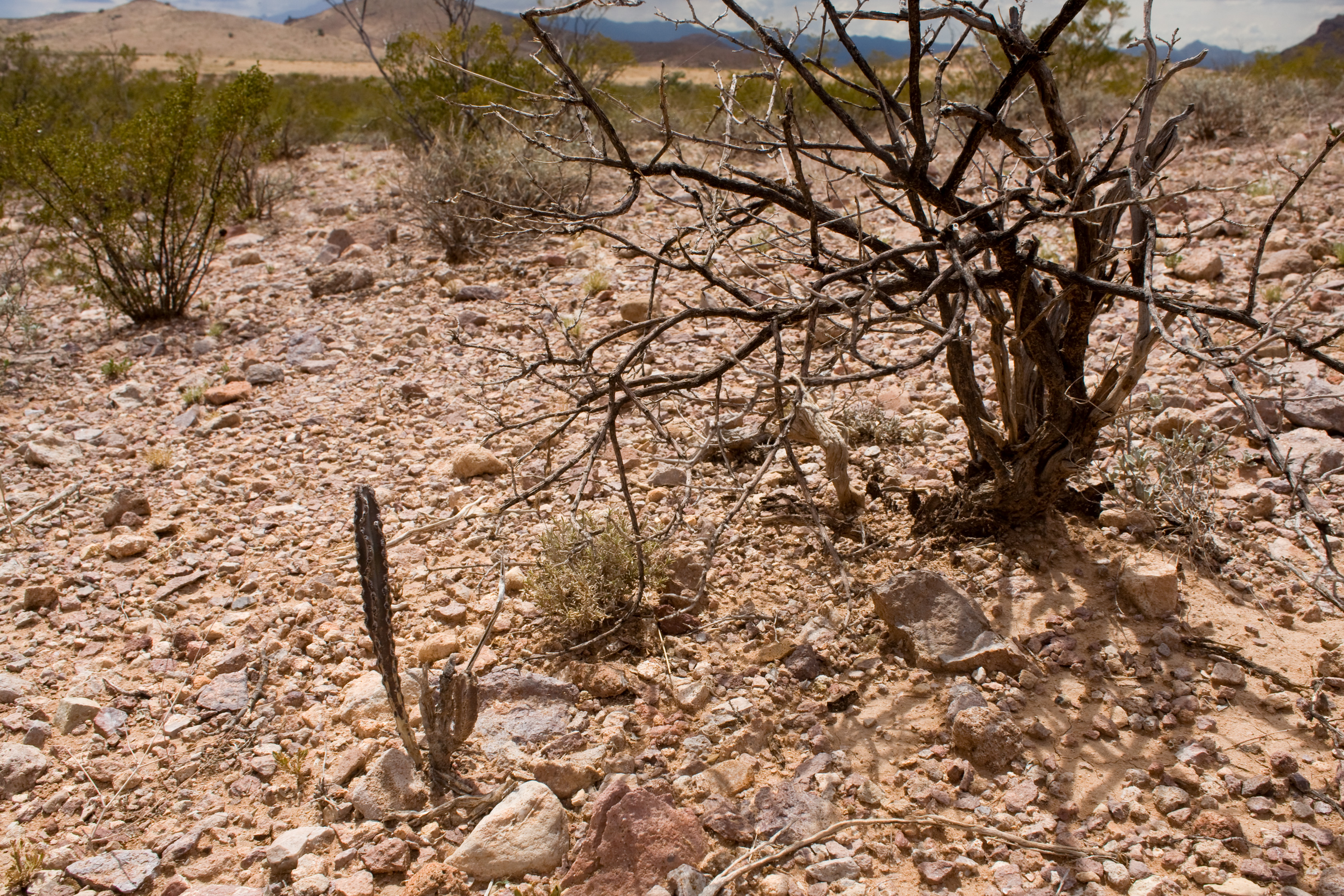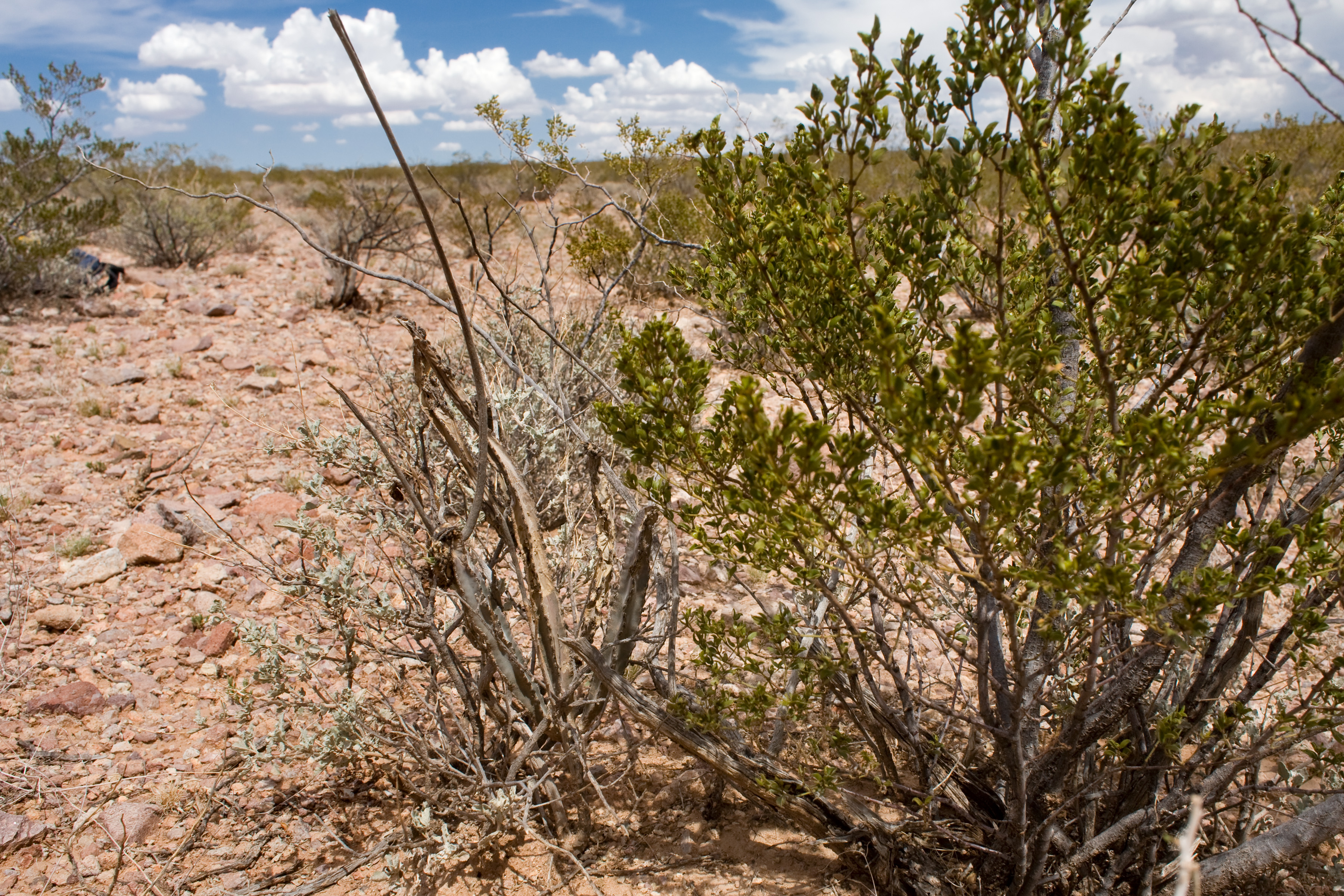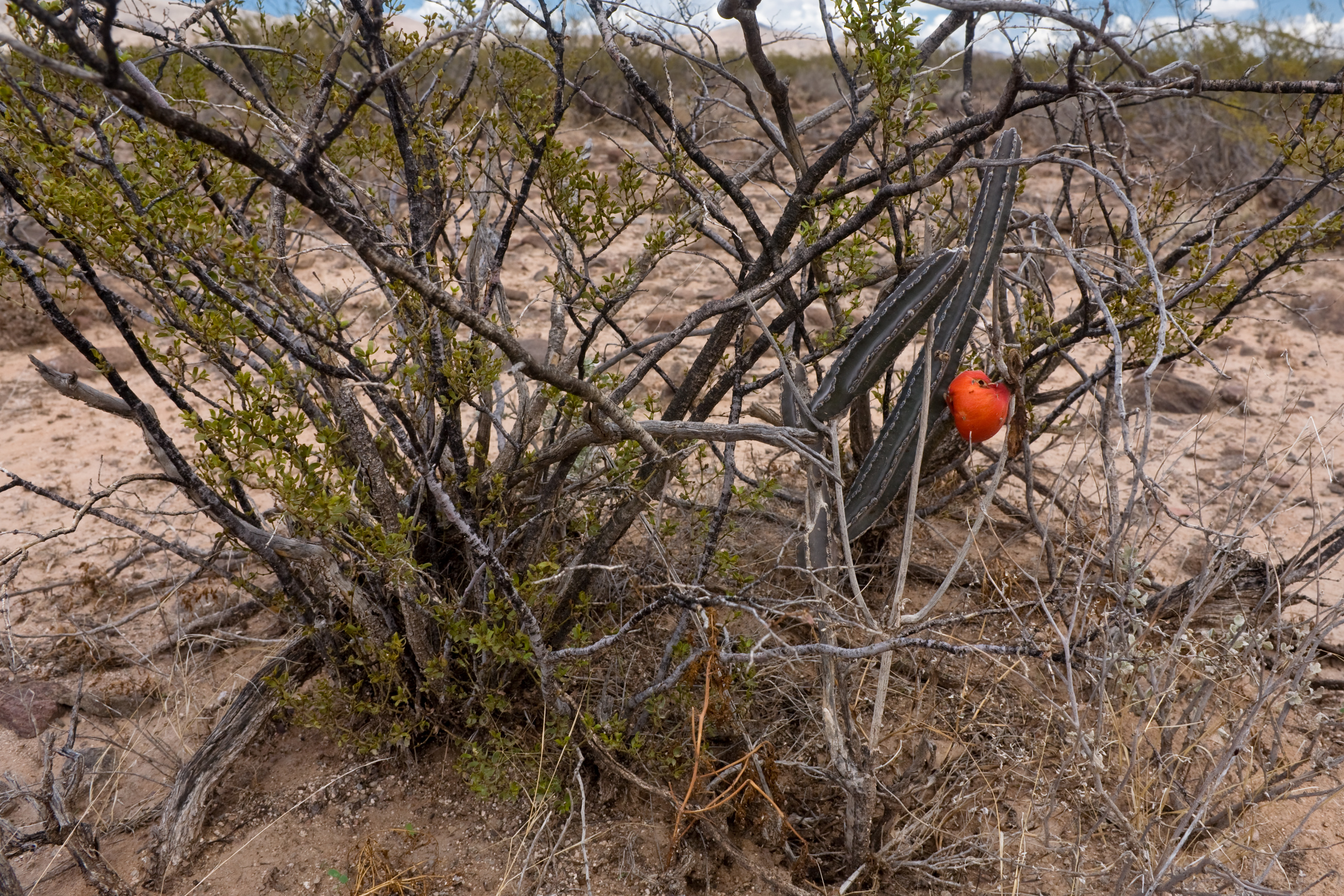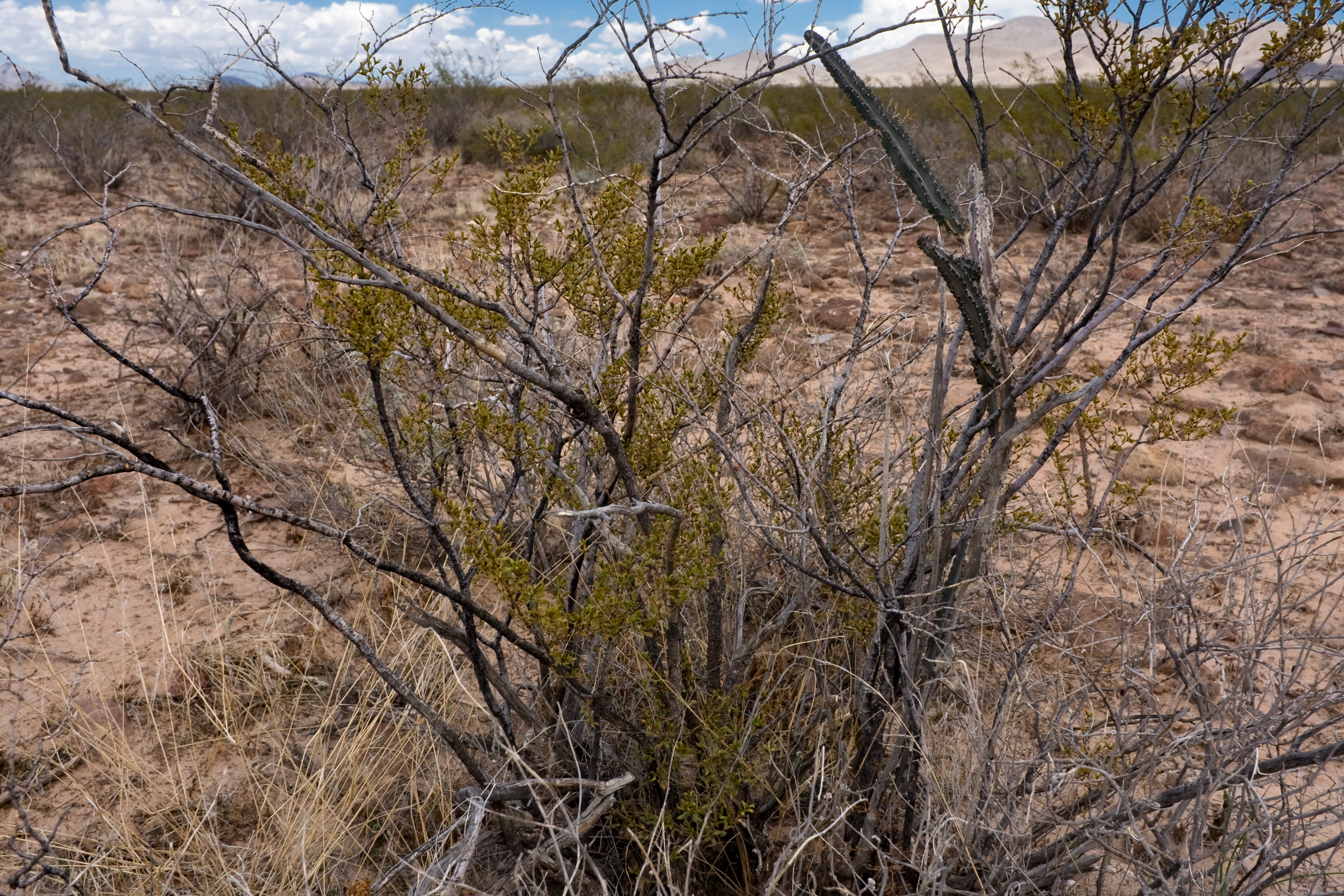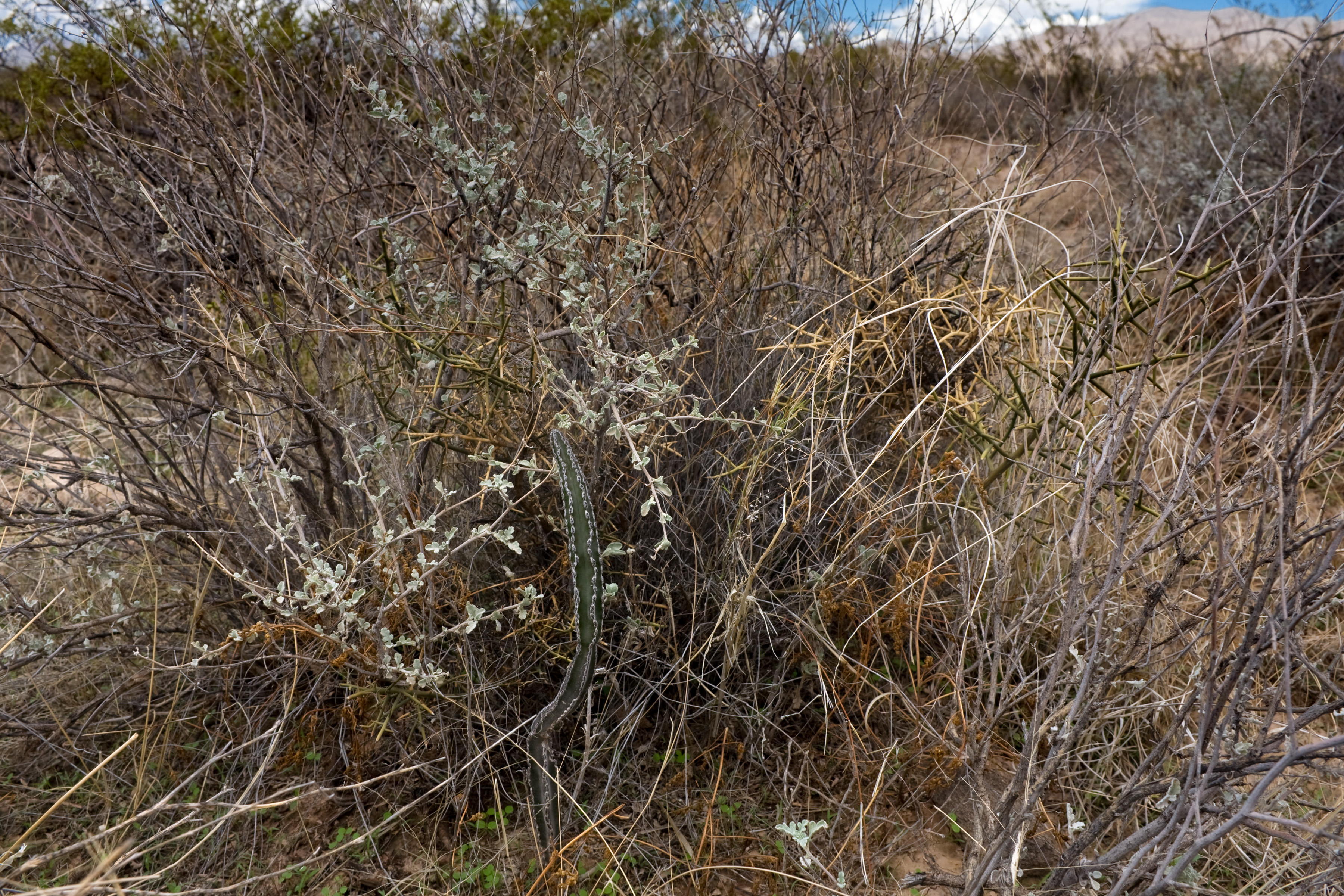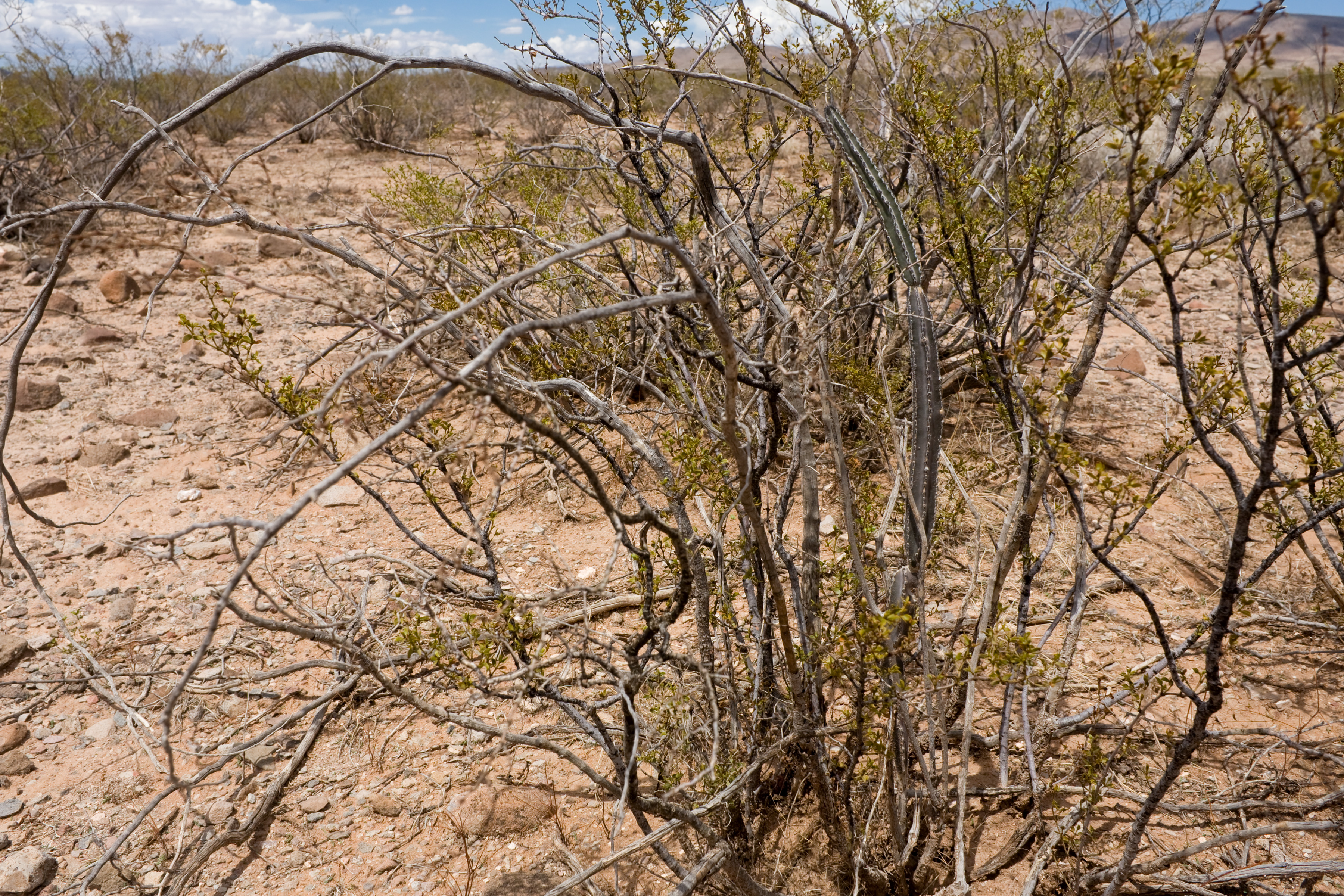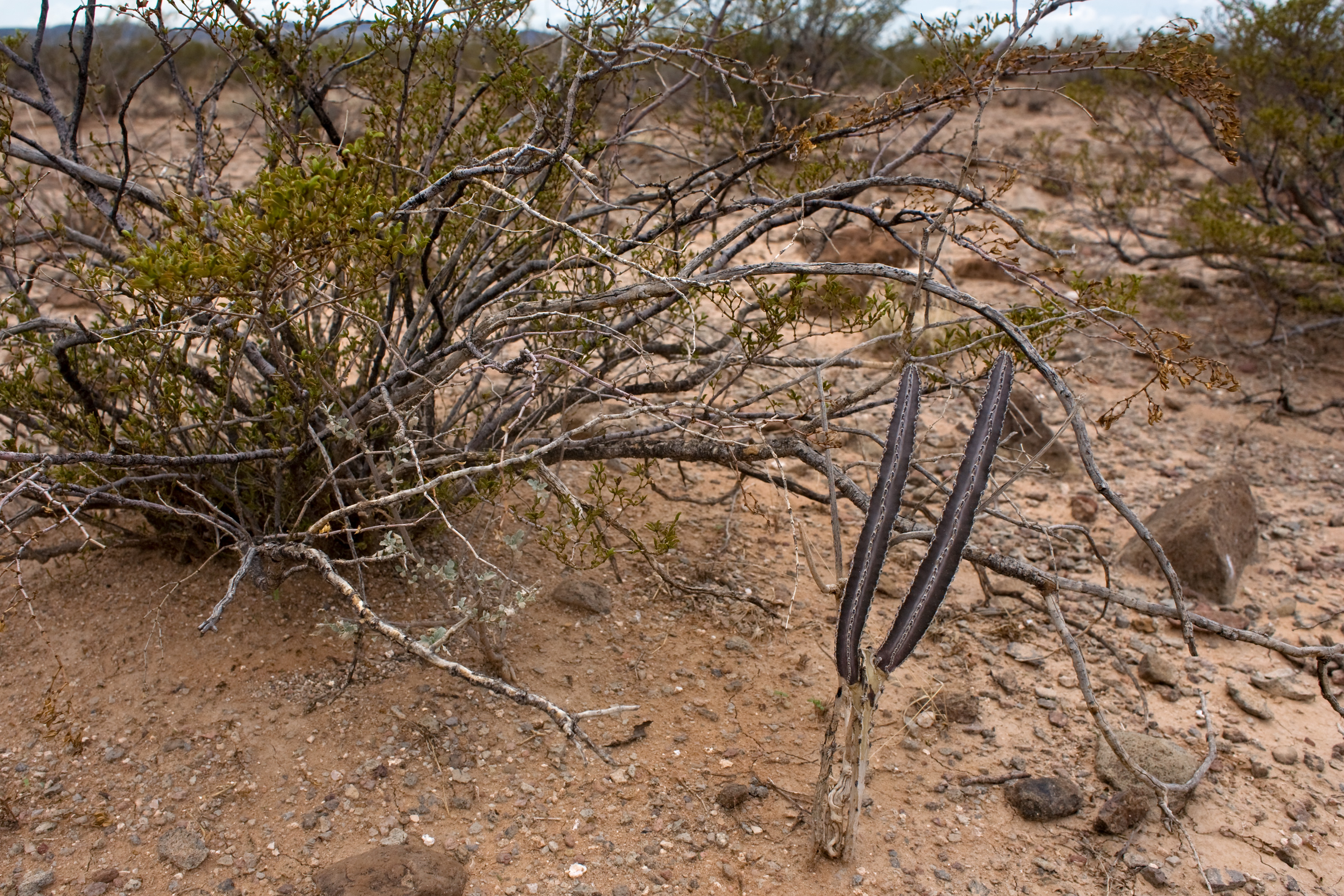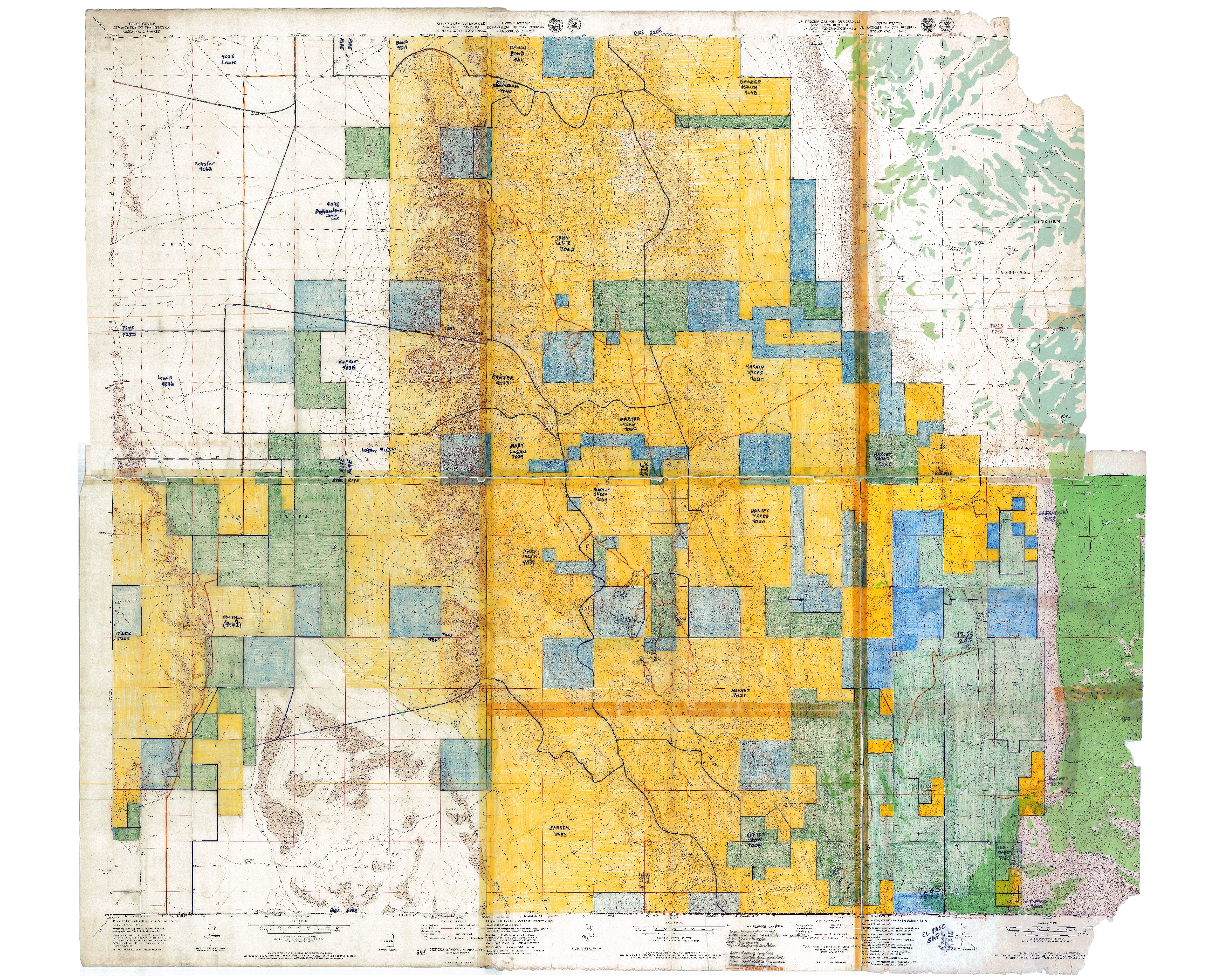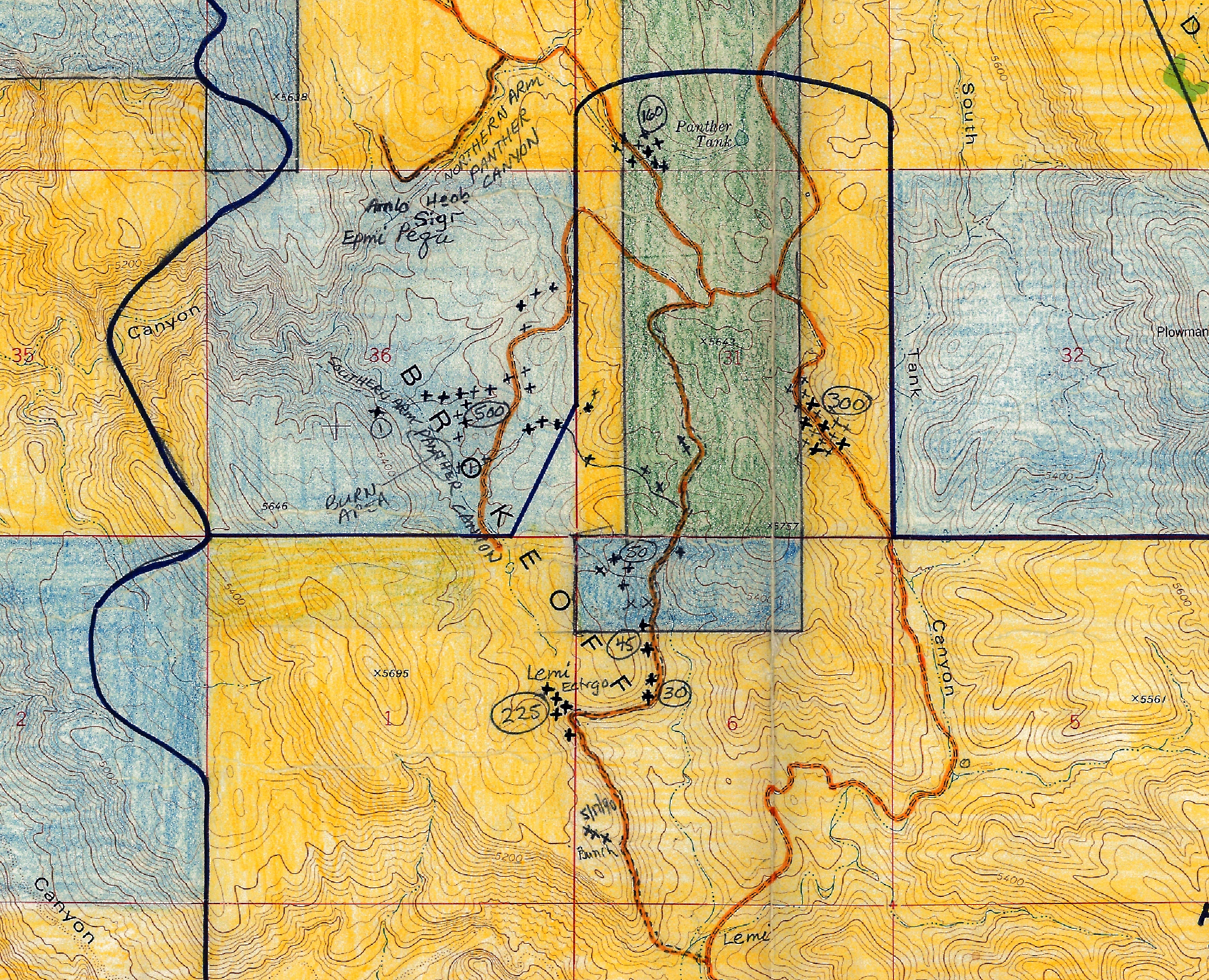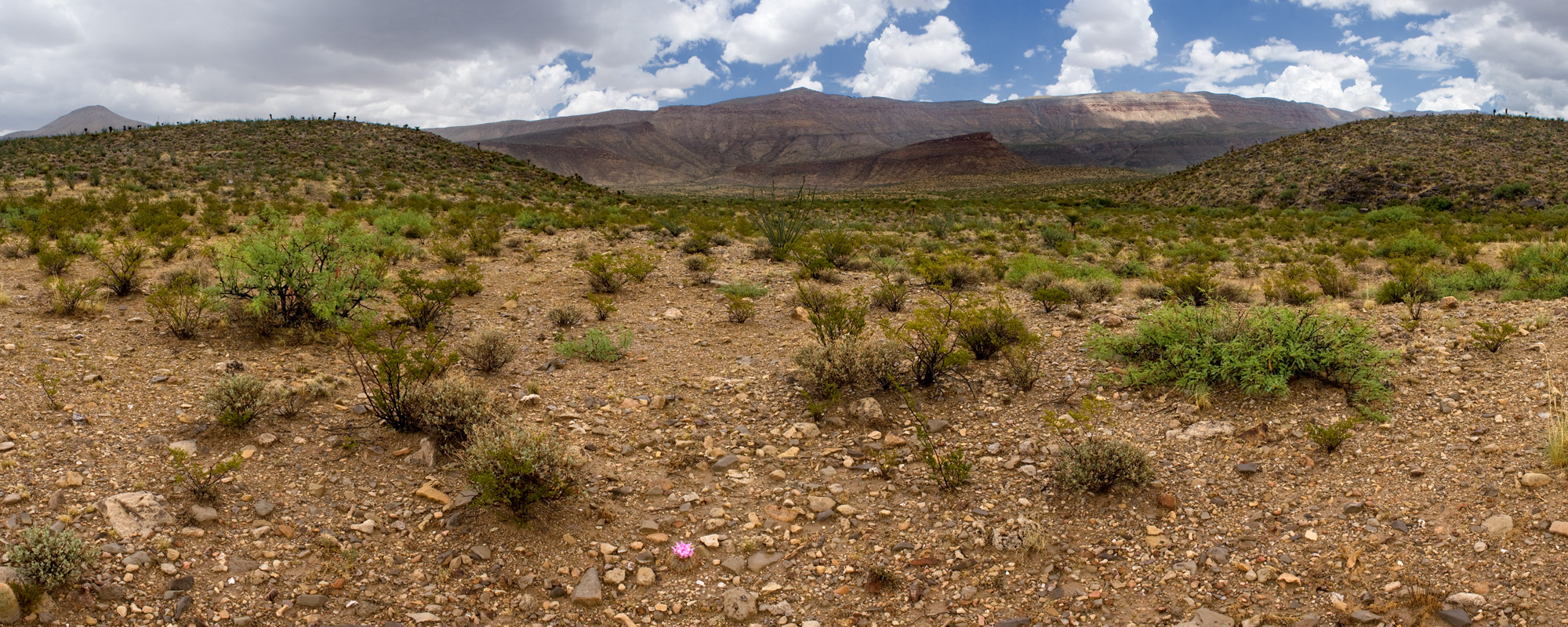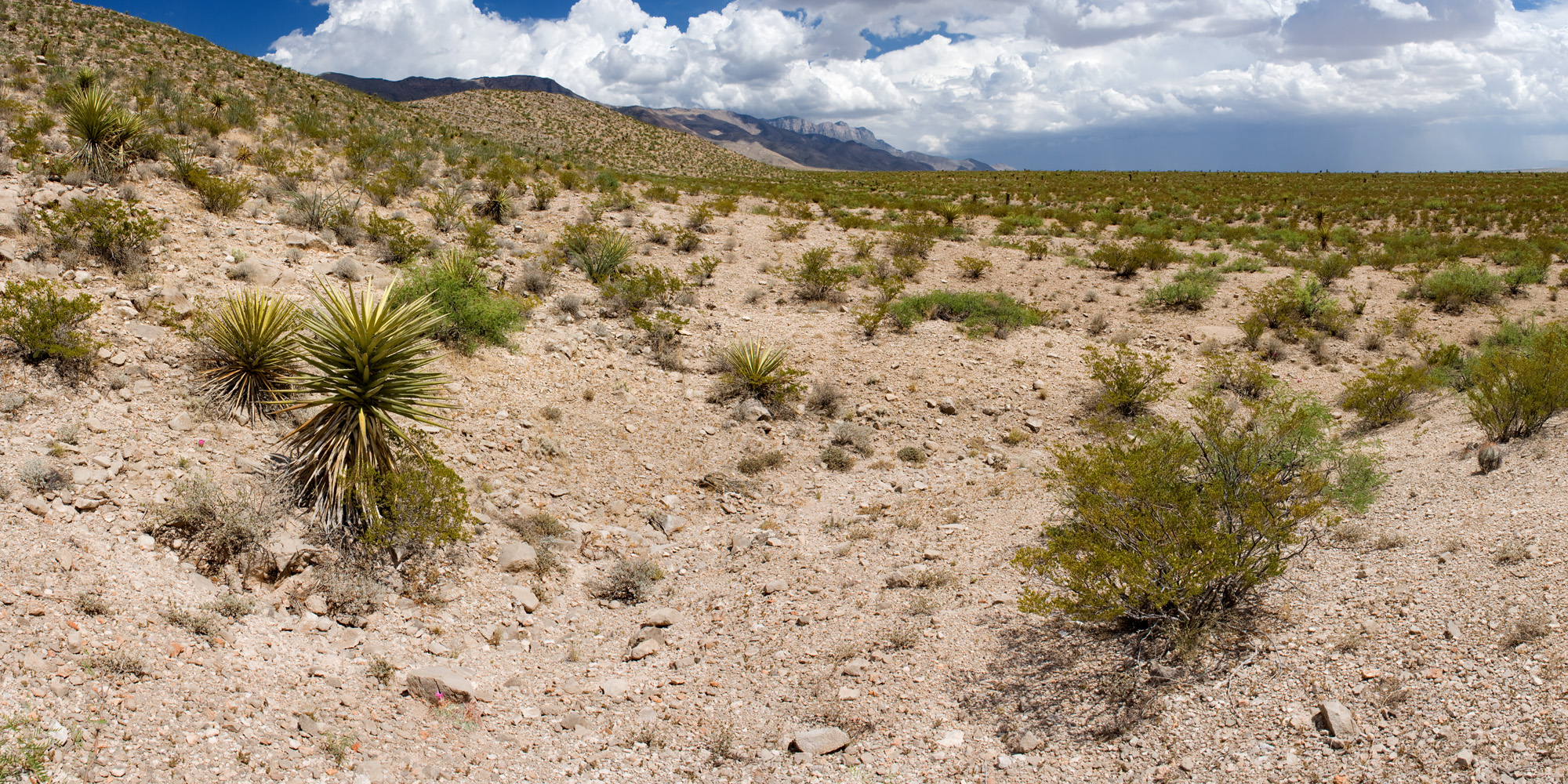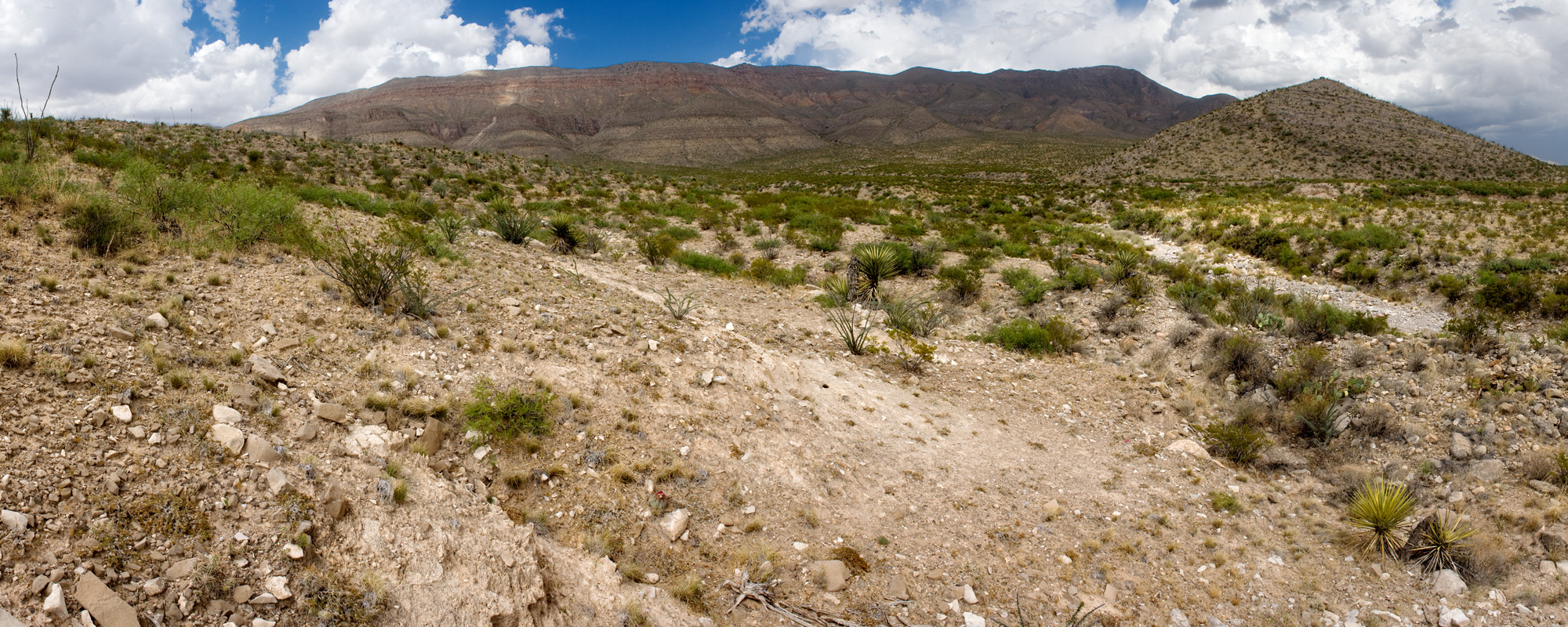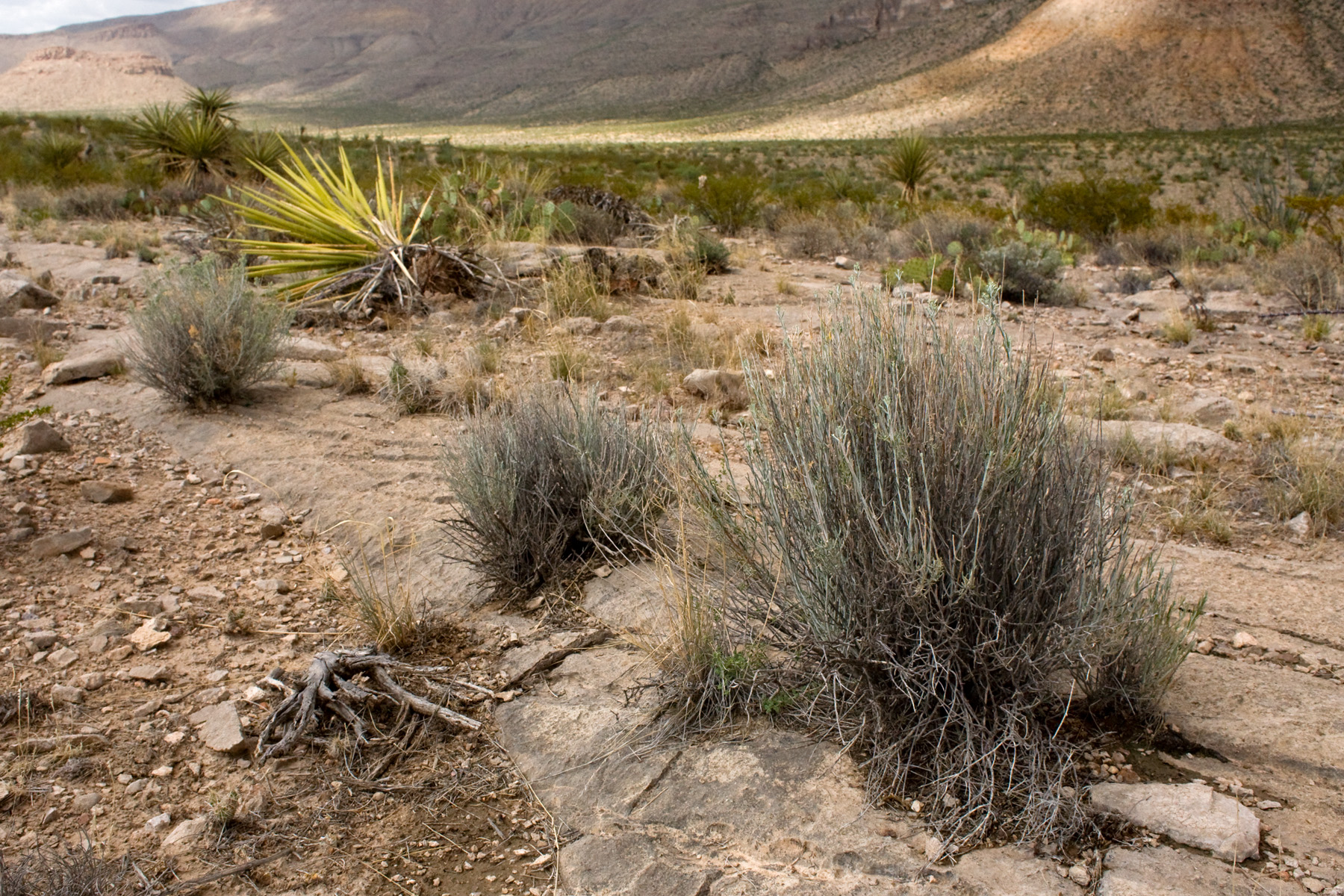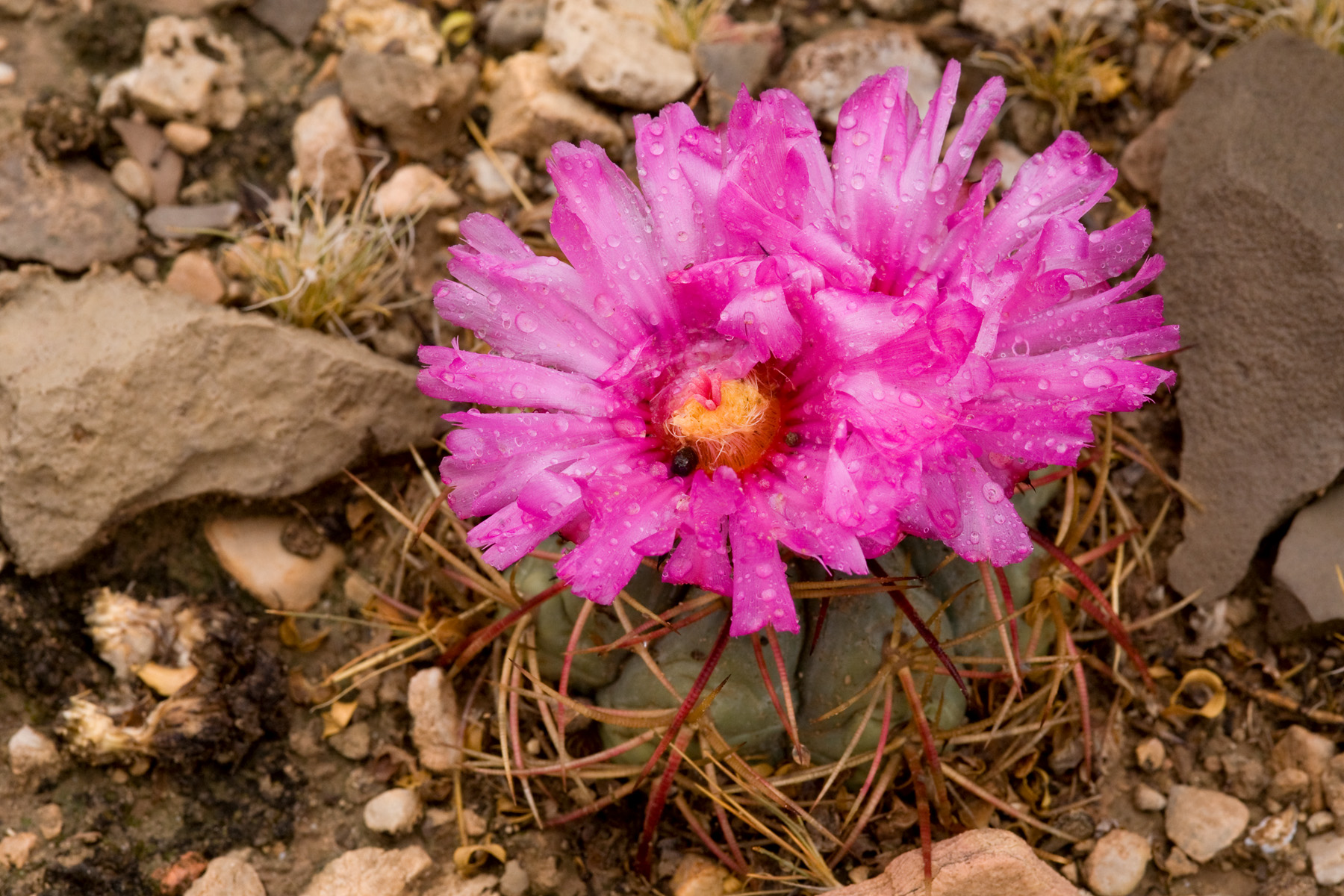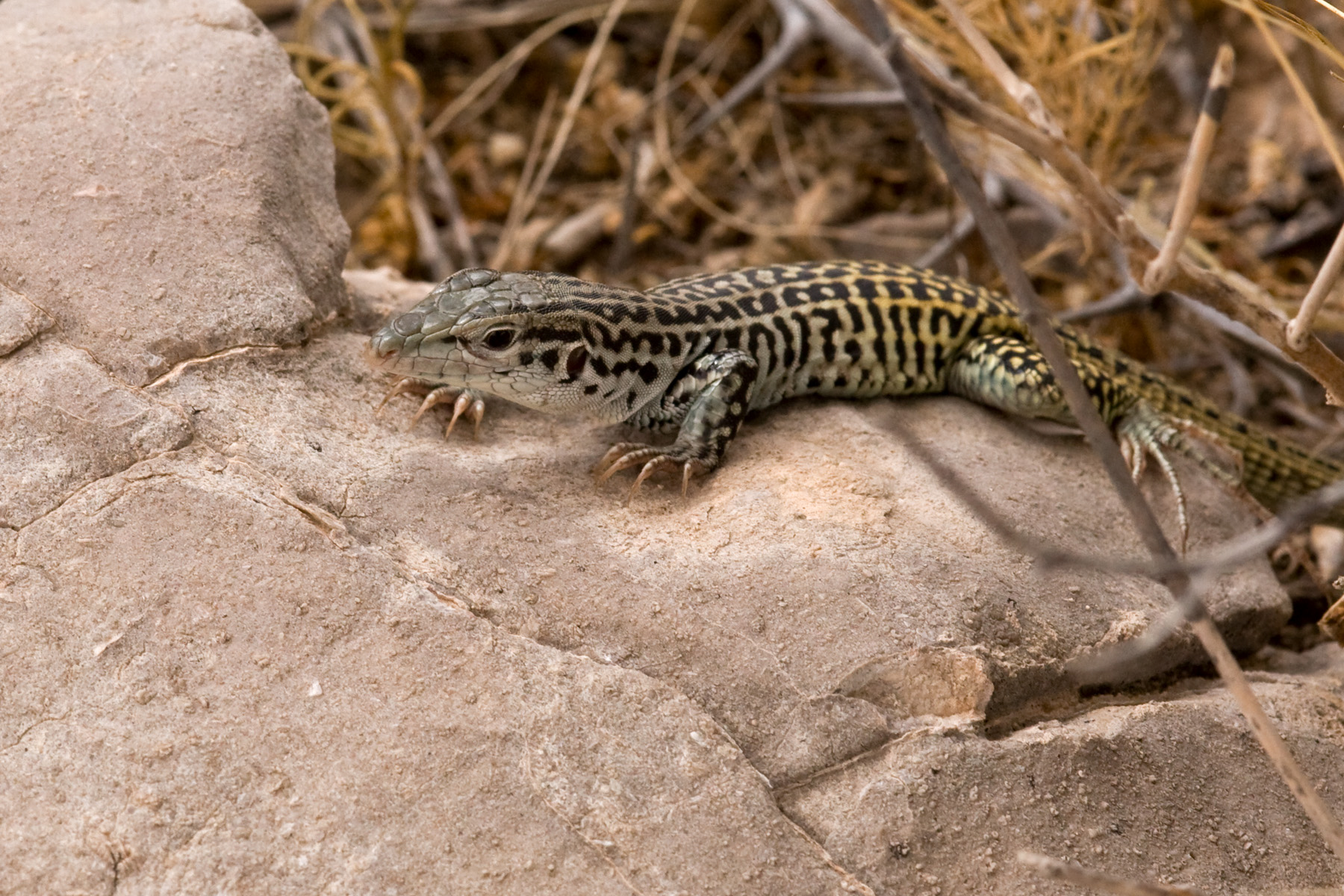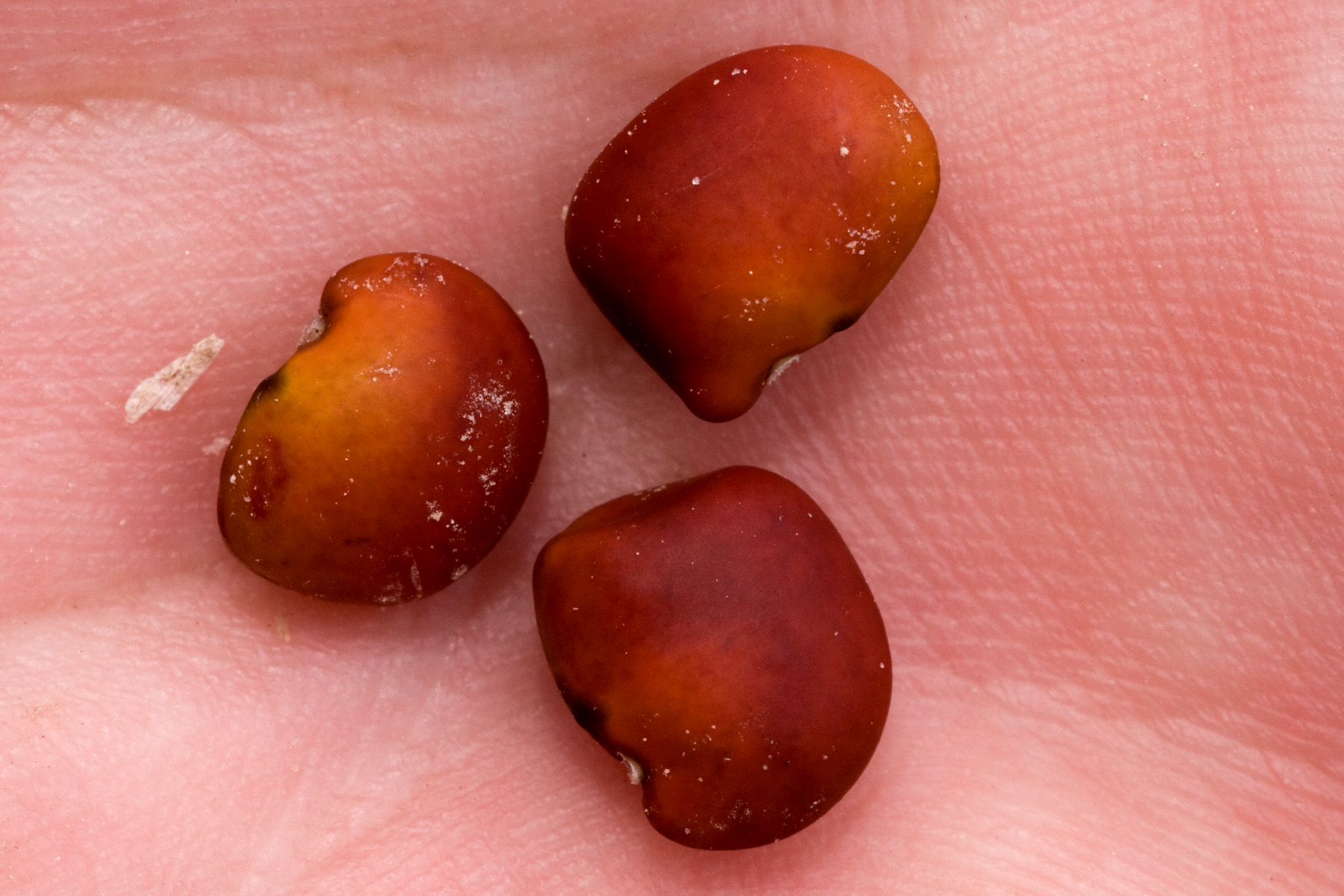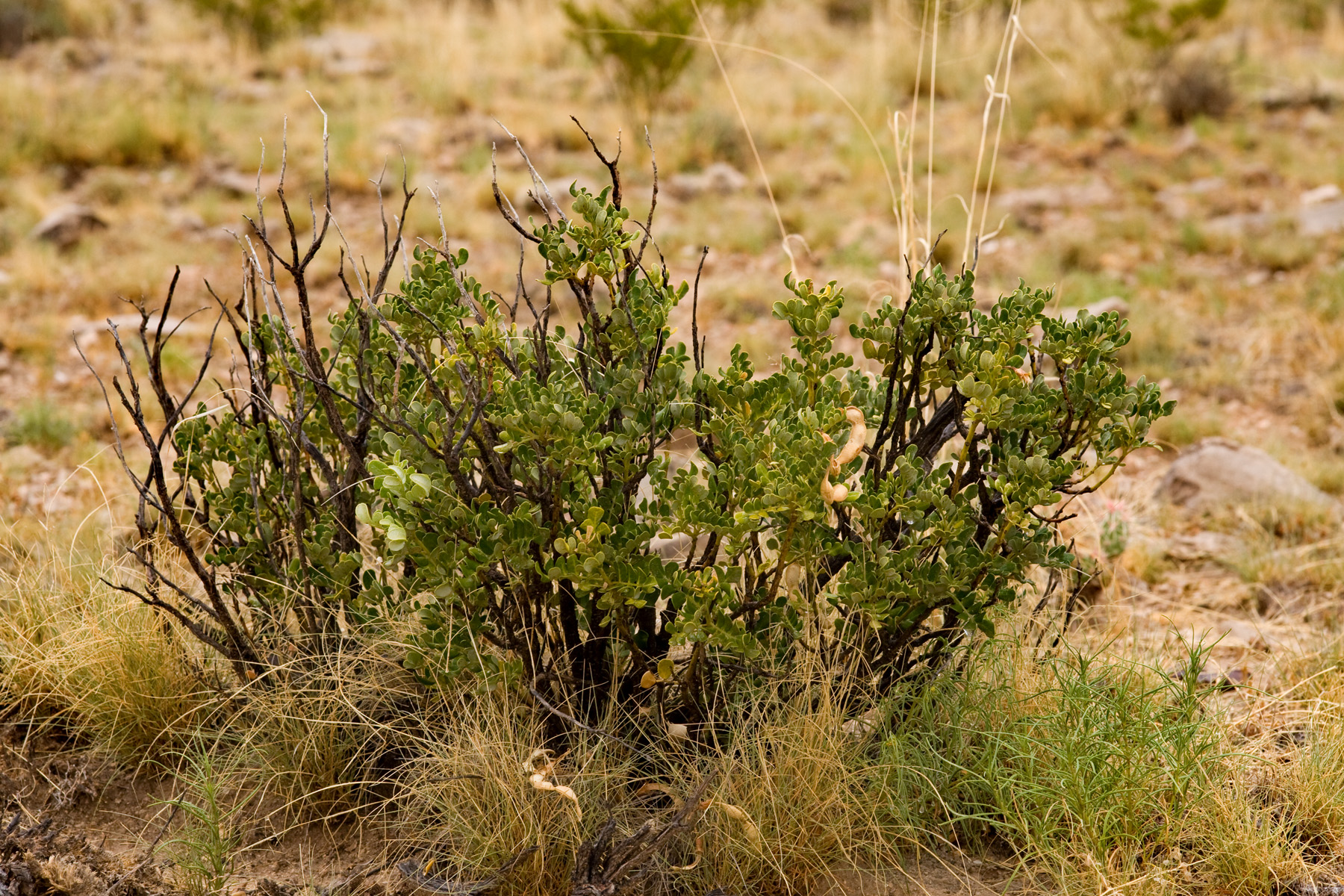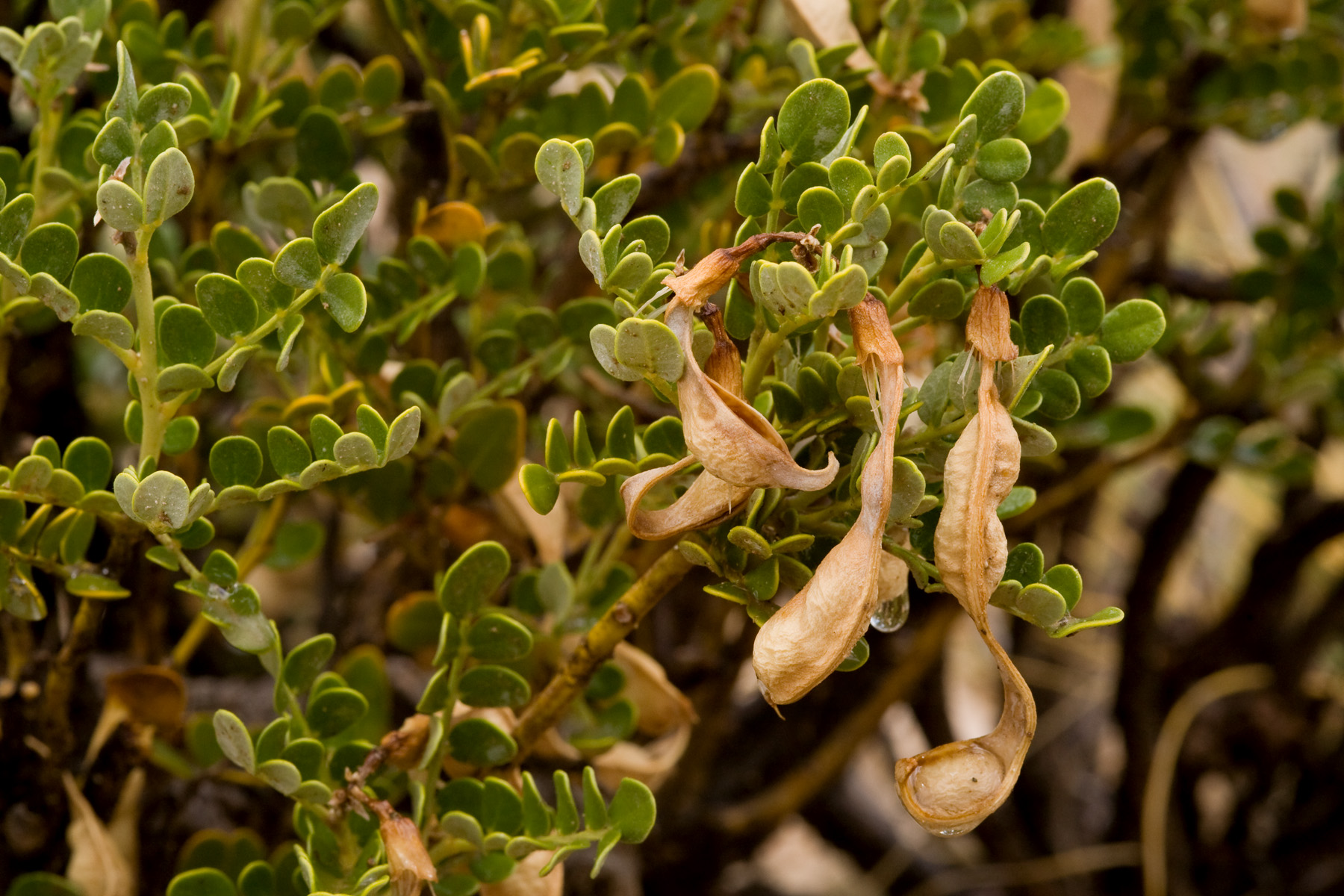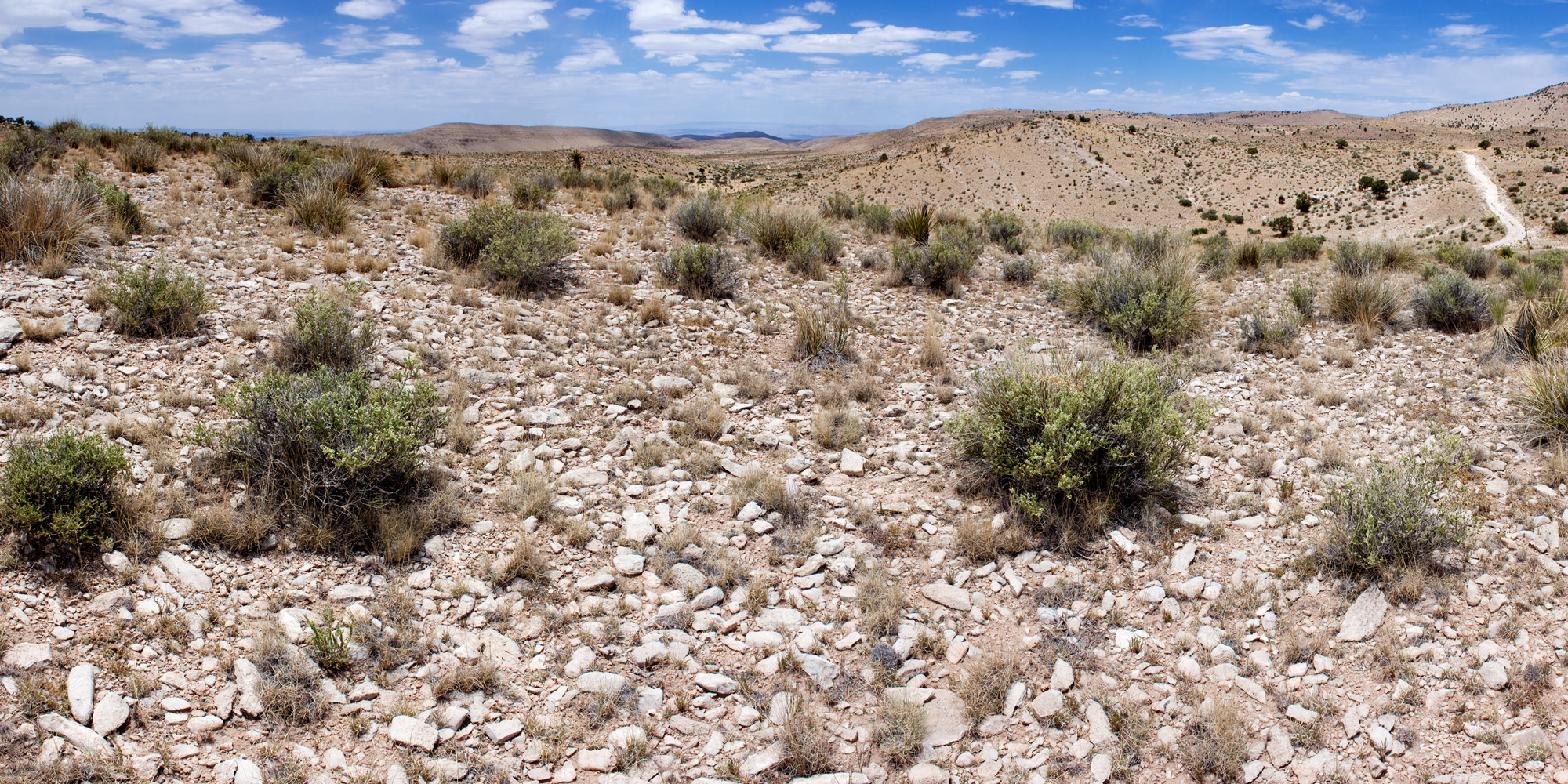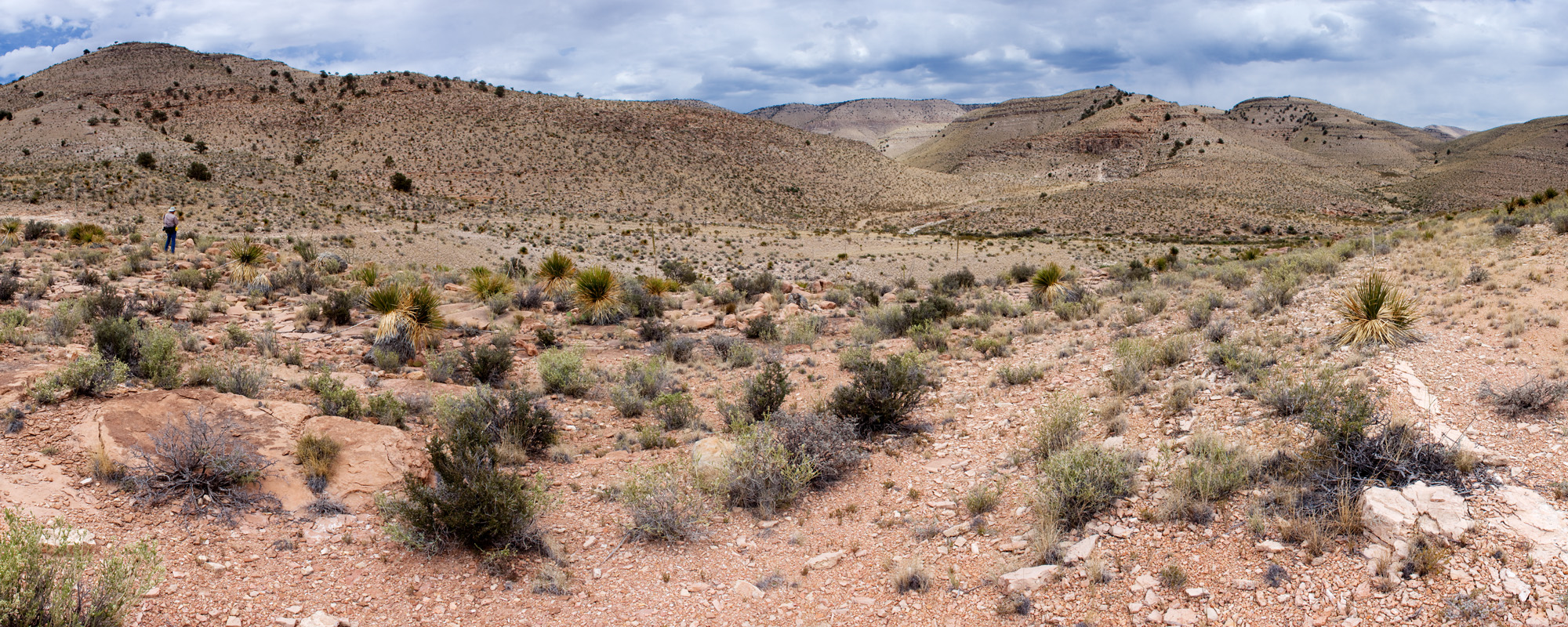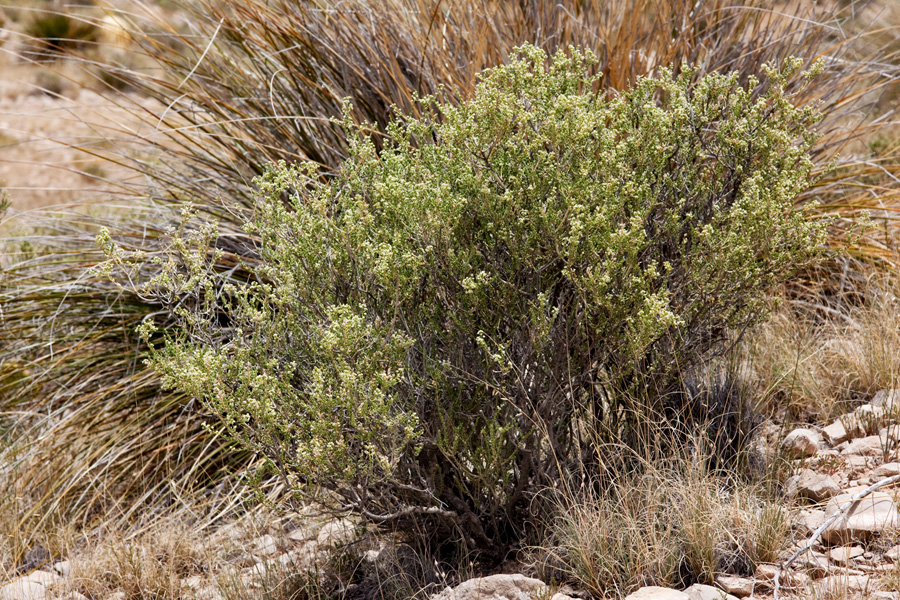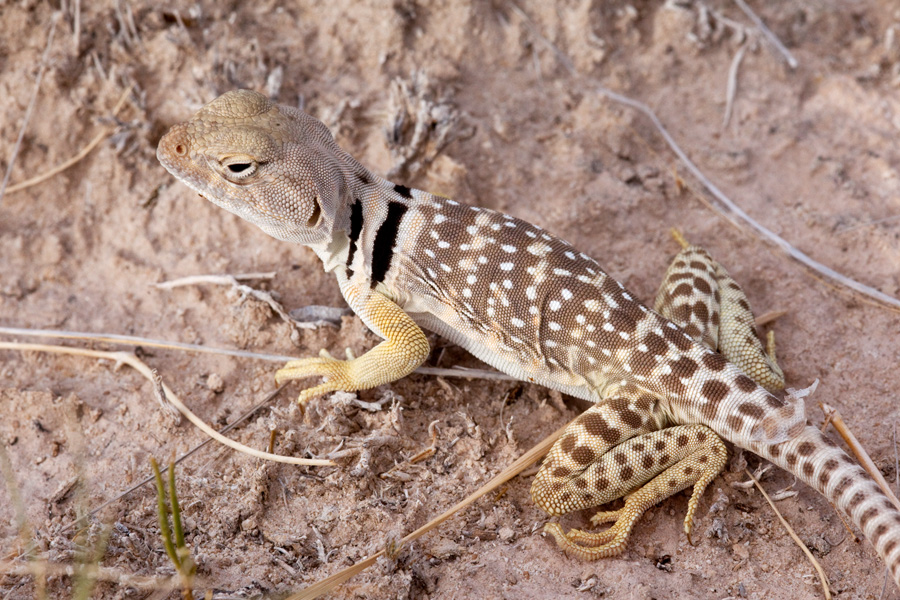I’ve been looking at Erysimum a bit recently, and by this point have looked at all of the specimens at NMC (New Mexico State University), SJNM (San Juan College), SNM (Western New Mexico University), and some of those at UNM (University of New Mexico). Originally I was just intending to update those at NMC, which had not ever been examined synoptically. The names on the sheets represented, consequently, the results of 120 years of varying taxonomy and misidentifications from the original collectors, with sporadic, not always helpful, annotations by other botanists. But I got sucked in and now I’ve seen enough Erysimum to have an opinion. Who knows, my opinion might even be correct! So below you will find a revised key to Erysimum in New Mexico followed by various comments:
1 Petals 11-30 mm long, 4-10 mm wide; plants biennial or short-lived perennials
2 Fruits strongly ascending to erect, concolorous, pubescent with a mixture of sessile 2- and 3-rayed trichomes. . . Erysimum capitatum var. purshii
2 Fruits horizontal to divaricate-ascending, striped (greyish and densely pubescent on the surfaces but greenish and glabrous, or nearly so, on the angles), pubescent with exclusively sessile, 2-rayed trichomes (or very few 3-rayed trichomes just below the style). . . Erysimum asperum
1 Petals 3-9 mm long, 1-2 mm wide; plants annual or biennial
3 Many trichomes on the leaves, stems, and fruits 4- or 5-rayed; pedicels 1/3 to 1/2 (or more) the length of the mature fruits. . . Erysimum cheiranthoides
3 All trichomes on the leaves, stems, and fruits 2- or 3-rayed; pedicels less than 1/4 the length of the mature fruits
4 Plants annual; pedicels as wide as or slightly wider than the mature fruits; fruits horizontal to divaricate-ascending; blades of the petals primarily yellow, but white towards the claw. . . Erysimum repandum
4 Plants biennial; pedicels narrower than the mature fruits; fruits strongly ascending to erect; blades of the petals yellow throughout. . . Erysimum inconspicuum
Erysimum capitatum var. purshii: This is the most common Erysimum in the state by a very wide margin. If you simply call every Erysimum in New Mexico “Erysimum capitatum var. purshii” you will be correct at least 90% of the time. So, if you don’t have time to measure petals or look at pubescence, just do that. The remaining <10% of the time, it's Erysimum repandum. The others basically fall within rounding error.
This taxon varies substantially in flower color, and it has been traditional in New Mexico to call plants with yellow flowers var. purshii and plants with orange to red flowers var. capitatum. However, this color variation has no particular relationship to other features of the plant. The two supposed varieties do not have different geographic distributions, or different ecologies (the really dark reddish flowers seem to be more common at higher elevations, but that’s about it), or different morphologies in any other aspect whatsoever. This is also a fairly arbitrary place to draw the line. You can find a continuum of flower colors from pure yellow to yellow-orange to orange to orange-red to red–and some of them even dry purple! So why segregate off “yellow” as one variety? We have no reason to think that drawing a line here has any particular biological or taxonomic meaning. If you want to talk about yellow-flowered Erysimum capitatum var. purshii, just say that they have yellow flowers and the same for orange- or red-flowered plants. There is no reason to create distinct taxa to do this. Basically, Erysimum capitatum var. purshii is a yellow-flowered plant that sometimes has darker flowers of various shades.
Incidentally, this is similar to the situation with Streptanthus carinatus. In New Mexico it is also basically a yellow-flowered plant. But sometimes the flowers are greenish, or white, or lavender, or have lavender sepals but yellow petals, or reddish, and so on and so forth. It has been common to call red-flowered plants “var. carinatus” and any-other-color-flowered plants “var. arizonicus“. This is pointless. If you have a character that shows dramatic variation, but for which that variation: 1) has no known correlation to other characters; 2) is basically continuous and does not allow one to distinguish clean natural groups… do not use this character to name taxa. Especially when the key ends up looking like this:
1 Flowers red… Streptanthus carinatus var. carinatus
1 Flowers yellow, or greenish, or white, or lavender, or some mixture of the above colors–but in any case not red!. . . Streptanthus carinatus var. arizonicus
In complicated groups in which such annoyances as hybridization and apomixis are frequent, perhaps other data will force you into creating such a key. If you have some other strong evidence suggesting that you have two distinct taxa but they don’t have nice clear morphological distinctions–OK, it’s inconvenient, but you don’t have any other good option. Feel free to write awful couplets like the above. However if all you have to go on is that you observed some variation in flower color do not do this. These are not taxa. Rant over and my apologies for the digression. Wait… where was I? Oh yes…
In any case, there is substantial variation within Erysimum capitatum var. purshii and it is tempting to try to use this variation to delimit taxa. I’m reasonably certain that flower color does not distinguish meaningful taxa. From a pragmatic viewpoint, the distinction between yellow and anything-but-yellow flowers is also kind of unhelpful. I’ve seen a number of specimens that have notes indicating the flowers were orange when fresh, while on the sheet they are indistinguishable from the typical yellow-flowered form. The darker reddish flowers, on the other hand, typically remain reddish or turn purple when drying and are easy to spot. So, if we are going to cut this continuum of color variation at some arbitrary point, why not do so in a way that yields taxa that are morphologically distinguishable in herbarium specimens?
Whether or not other characters can be used to divide Erysimum capitatum var. purshii into meaningful taxa, I am not sure. One form that is sometimes segregated is Erysimum capitatum var. nivale, consisting of shorter, perennial plants in subalpine/alpine habitats. As with color variation, this appears to be simply an artificial line through continuous variation. Further, the variation in height & longevity is essentially what we should expect to see if we’re just looking at one taxon. Almost all plants grow more slowly and are shorter in more stressful conditions. This is such a widespread phenomenon that it would be surprising if a species that lives over the wide range of elevations & climates inhabited by Erysimum capitatum var. purshii did not have smaller, longer-lived individuals at stressful extremes of this ecological variation. Predictable and expected variations in plant growth in varying ecological conditions do not form a good basis for recognizing taxa unless there is some further evidence indicating that these variants are distinct entities (e.g., that the morphological variation is strongly multimodal rather than continuous, that it is correlated with distinct genetic groupings, etc.).
Erysimum asperum: If you are lucky, this species is easily distinguished from Erysimum capitatum var. purshii. In much of the state, this seems to be the case. Erysimum asperum is a species of the Great Plains that is peripheral in New Mexico; definite specimens are limited to the northeastern quarter or so of the state. In the southern three-quarters or so, you only find definite Erysimum capitatum var. purshii and life is easy. Unfortunately, however, throughout the northern quarter of the state and even into northeastern Arizona there are plants that have fruits that are strongly ascending to erect (like Erysimum capitatum var. purshii) and striped with almost exclusively 2-rayed sessile trichomes (like Erysimum asperum). It is not at all clear to which species these plants properly belong. Perhaps fruit orientation varies in Erysimum asperum. Perhaps fruit pubescence varies in Erysimum capitatum var. purshii. Perhaps they are hybrids between the two. I do not know. Call them one, call them the other, no one can prove you wrong. Also these anomalous plants do pop up rarely in the rest of the state.
Erysimum cheiranthoides: The easiest species in the state to identify. Nonetheless, about 90% of the specimens in New Mexico that have been identified as Erysimum cheiranthoides are not this species. To my knowledge, there is only one definite record from New Mexico: R.C. Sivinski 5824 at UNM, from El Vallecito Ranch in Rio Arriba County. The rest are misidentifications of Erysimum repandum. Although inserting this into the key above doesn’t really play nicely with the rest of the key’s structure, one very easy way to distinguish these is that in Erysimum repandum the pedicels are about as thick as the fruits. From a distance, you can’t tell where the pedicel ends and the silique begins, it’s just one continuous arc. On the other hand, in Erysimum cheiranthoides, the pedicels are much thinner than the siliques, maybe 1/3 as wide. Also, the fruit is more upright than the pedicel, resulting in a nice and obvious angle between the two. I suspect the misidentifications are explained simply by the rarity of Erysimum cheiranthoides in our area. If you have not seen Erysimum cheiranthoides (and almost all New Mexico botanists have not!) it is easy to start second-guessing yourself and start looking at plants that are a little different thinking, “Well, OK, the pedicel is just a little narrower and just a hair longer…” However, if you see the two side-by-side, there is no question. They are clear as day. If you’re squinting and waffling it is not Erysimum cheiranthoides.
Erysimum repandum: I don’t really have anything interesting and/or humorous to say about this one. It’s an Erysimum. It’s pretty easy to recognize. If someone has called a plant Erysimum repandum, it almost certainly is. On the other hand, if someone has called a plant Erysimum cheiranthoides or Erysimum inconspicuum… it might actually be Erysimum repandum.
Erysimum inconspicuum: Like Erysimum asperum this is a tricky one. In its pure form, it’s not too difficult to distinguish from Erysimum capitatum var. purshii. However, in its pure form… it just doesn’t occur in New Mexico. The specimens in the state that are probably referrable to this species are questionable. They may be unusually small-petaled forms of Erysimum capitatum var. purshii or hybrids between Erysimum capitatum var. purshii and Erysimum inconspicuum. Commonly, the small end of the normal variation in petal size in Erysimum capitatum var. purshii is misidentified as Erysimum inconspicuum, and in the southern 3/4 of the state or so it is a reasonable assumption that all specimens identified as Erysimum inconspicuum fall into this category. For the northern 1/4, it really isn’t clear if there is a good line to be drawn here. It looks like a fairly arbitrary division of continuous variation. In the key above, I’ve described what is, near as I can tell, the typical petal size in definite Erysimum inconspicuum north of New Mexico. Expect plants in New Mexico to either be Erysimum capitatum var. purshii or to fall into the grey area between the two. Another feature that may help is that Erysimum inconspicuum sensu stricto seems to have blades of the petals that are strongly ascending, while those of Erysimum capitatum var. purshii are at a more or less 90 degree angle to the petal’s claw. Unfortunately, this feature is not always well-preserved in herbarium specimens.




